F1 Glossary: Your Comprehensive Guide To F1 Terms
This F1 glossary contains a comprehensive list of terms, starting from the fundamentals like aerodynamics and chassis, to more obscure concepts such as bargeboard and active suspension. By the time readers finish this article, they will have a solid grasp of the key phrases that are crucial to understanding and enjoying the captivating world of a Formula 1 race weekend
A Deep Dive into F1 Vocabulary: A to Z
107% Rule: Ensuring Competitive Speeds in Qualifying
The 107% rule in Formula 1 is a regulation implemented to ensure that all cars demonstrate a minimum level of speed during qualifying sessions, stipulating that a driver must set a time within 107% of the pole position time to be allowed to participate in the race, thereby maintaining a competitive and engaging race environment for both participants and spectators.
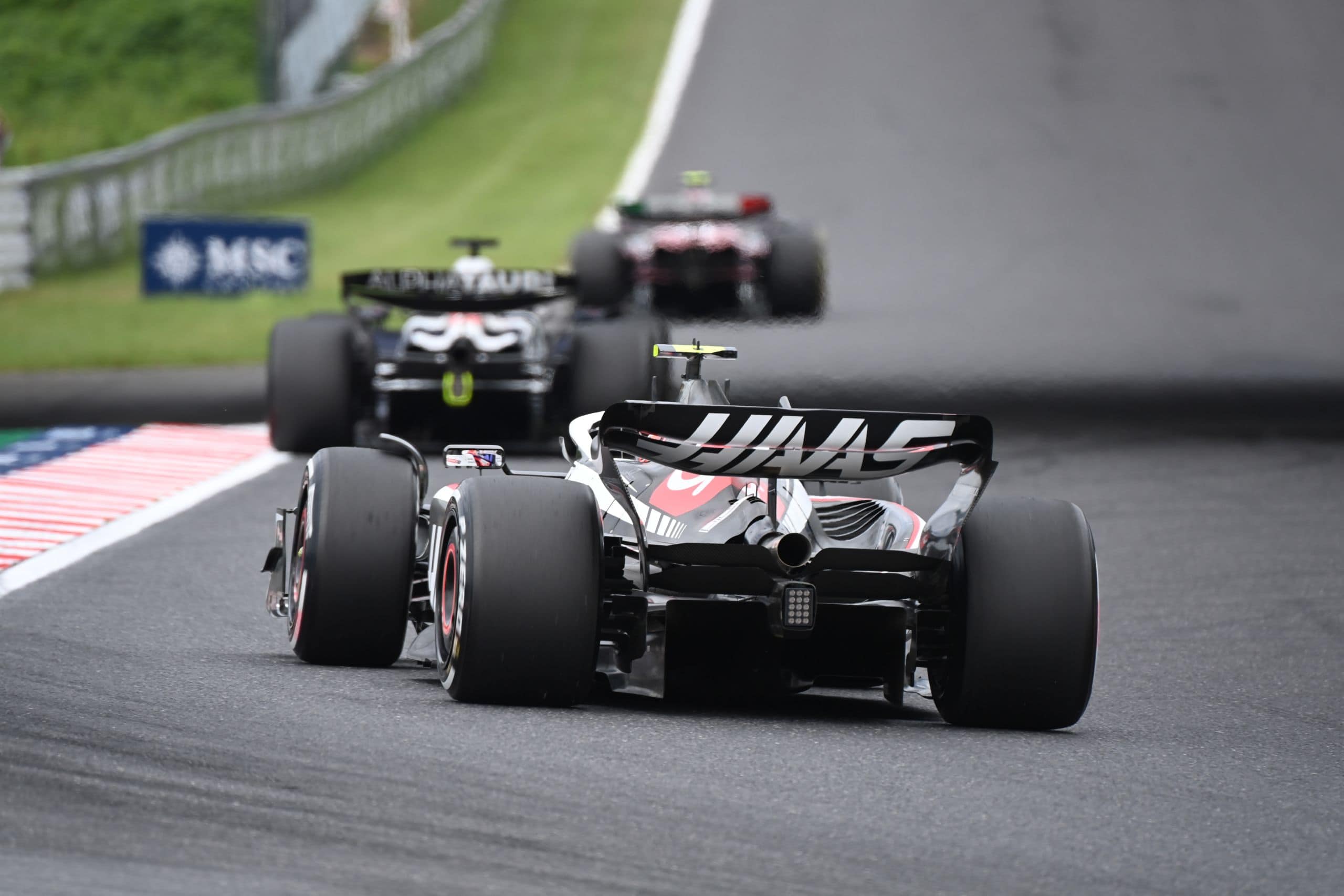
A: Accelerating Your F1 Knowledge
Active Suspension: Elevating F1 Vehicle Dynamics
Active Suspension in Formula 1 represents a revolutionary approach to optimizing vehicle dynamics, utilizing advanced systems that automatically adjust the suspension settings in real-time, enhancing the car’s performance, stability, and handling, especially when navigating through various track conditions and elevations, thereby ensuring a competitive edge in the high-stakes environment of racing.
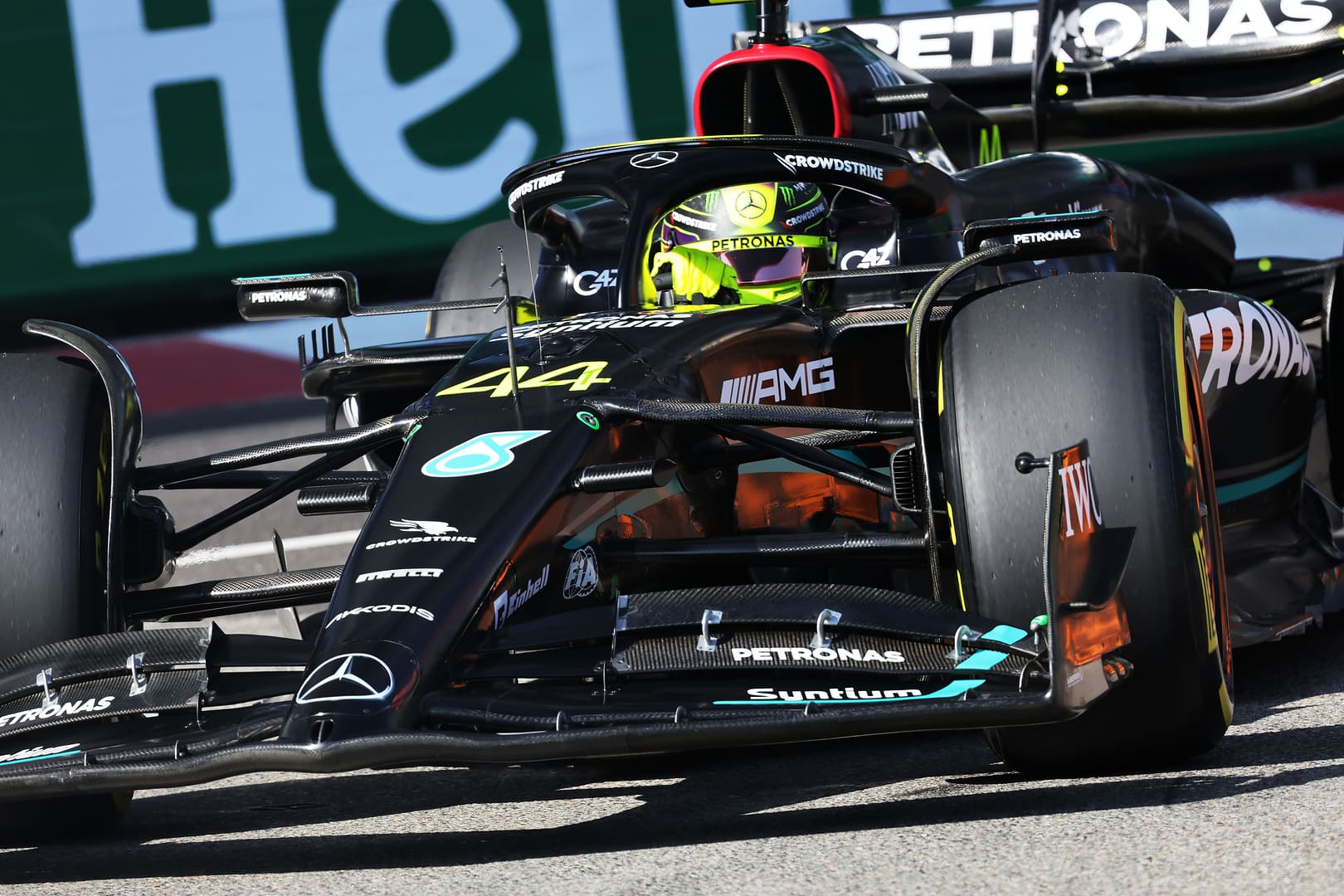
Apex: The Pinnacle Point of Turns
Apex in motorsport refers to the part of a corner where the racing line is nearest the inside of the bend, providing a critical point that drivers strategically aim for to achieve the shortest possible line and maintain optimal speed through the curve.
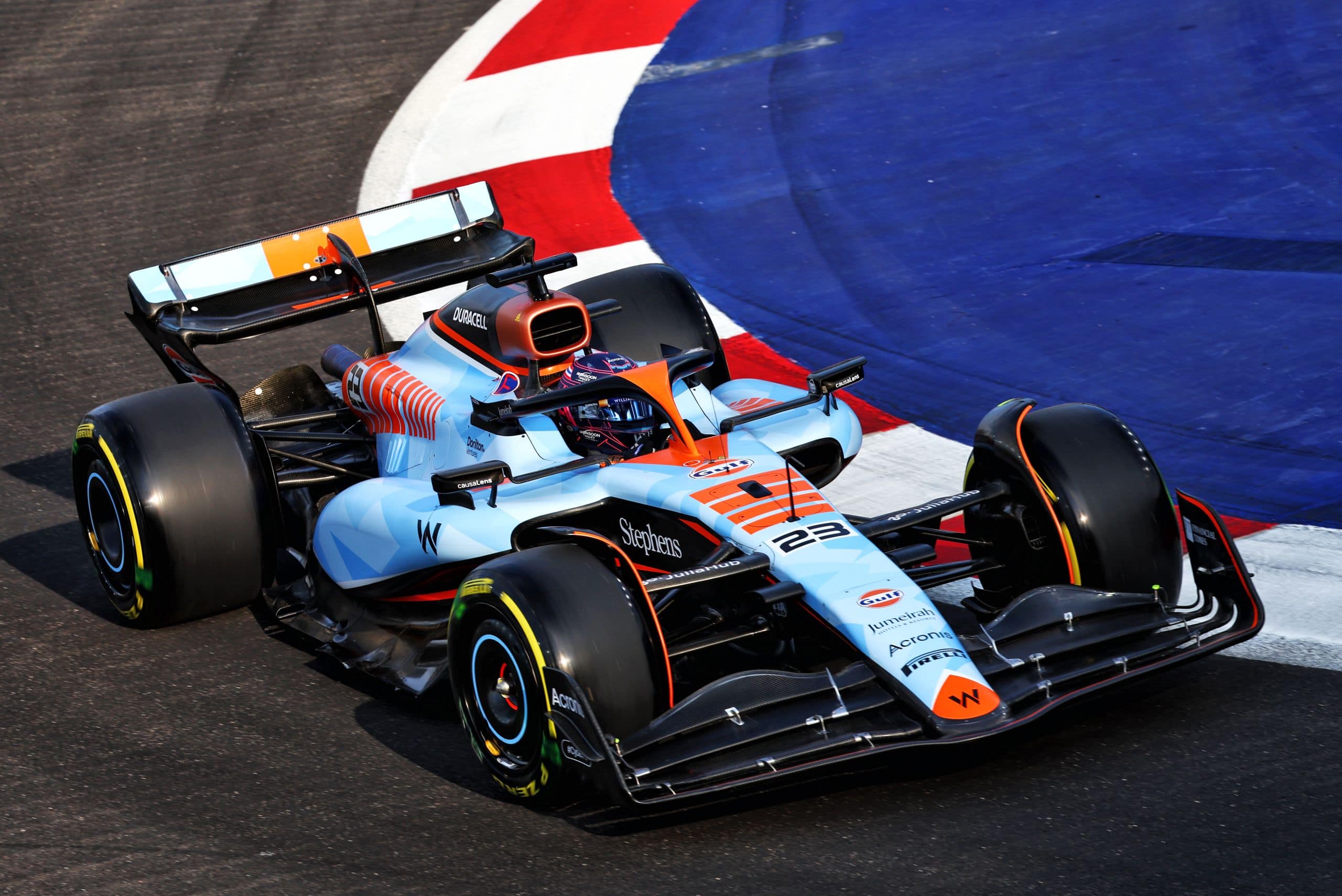
Aerodynamics: The Science of Speed and Stability
Aerodynamics in Formula 1 is a pivotal science that meticulously studies the behavior of air as it interacts with the vehicle, ensuring that the car achieves a harmonious balance between speed and stability, particularly when navigating through high-speed straights and challenging corners.
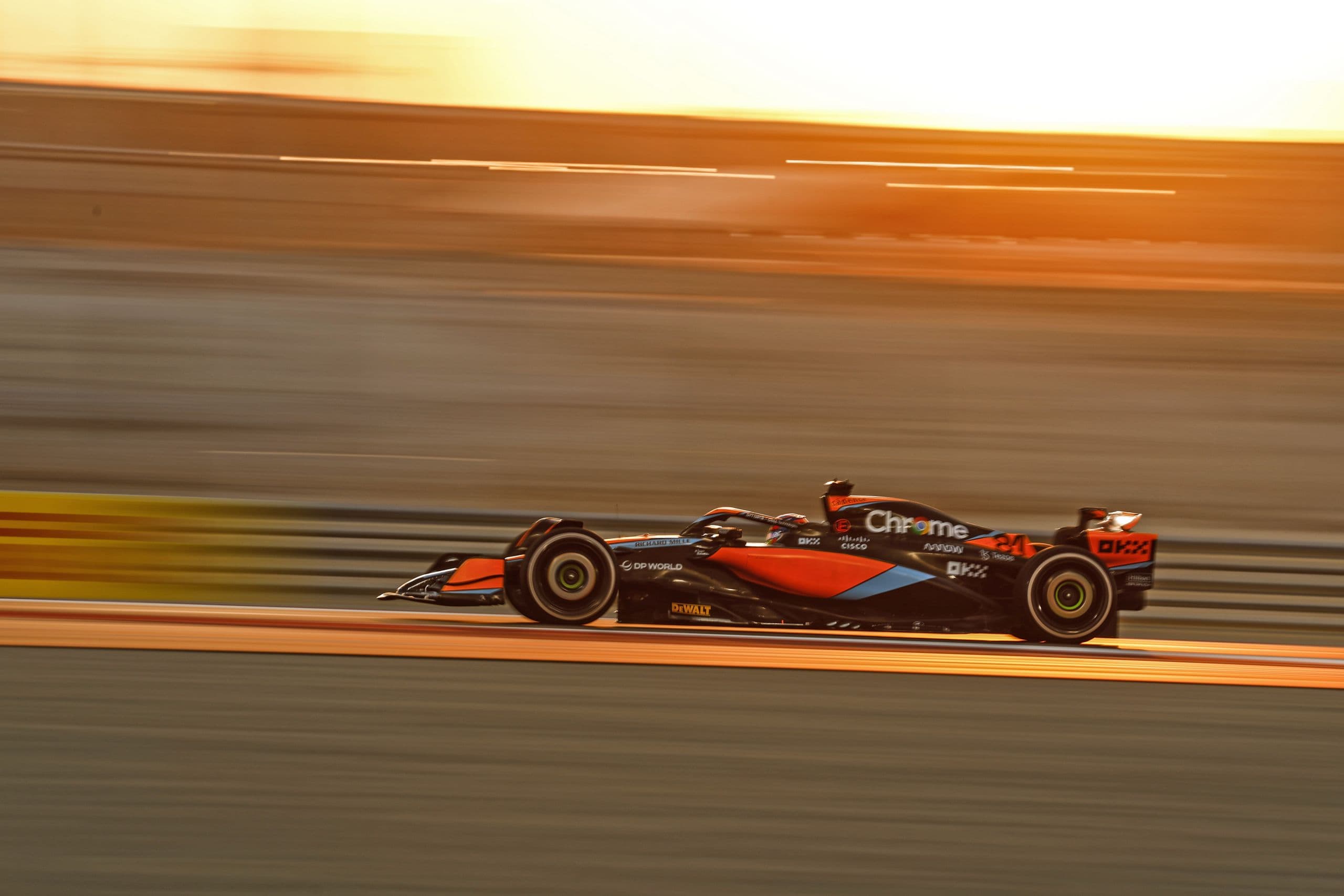
Airbox: Ensuring Optimal Engine Performance
The airbox in a Formula 1 car plays a crucial role in ensuring optimal engine performance by proficiently managing the airflow to the engine, which is vital for maintaining the appropriate mix of air and fuel, thereby safeguarding both power and efficiency during the race.

Armco: Keeping The Cars Fenced In
Armco barriers play a pivotal role in Formula 1 by keeping the cars fenced in, providing a protective shield that absorbs impact and minimizes potential damage during high-speed incidents on the track.
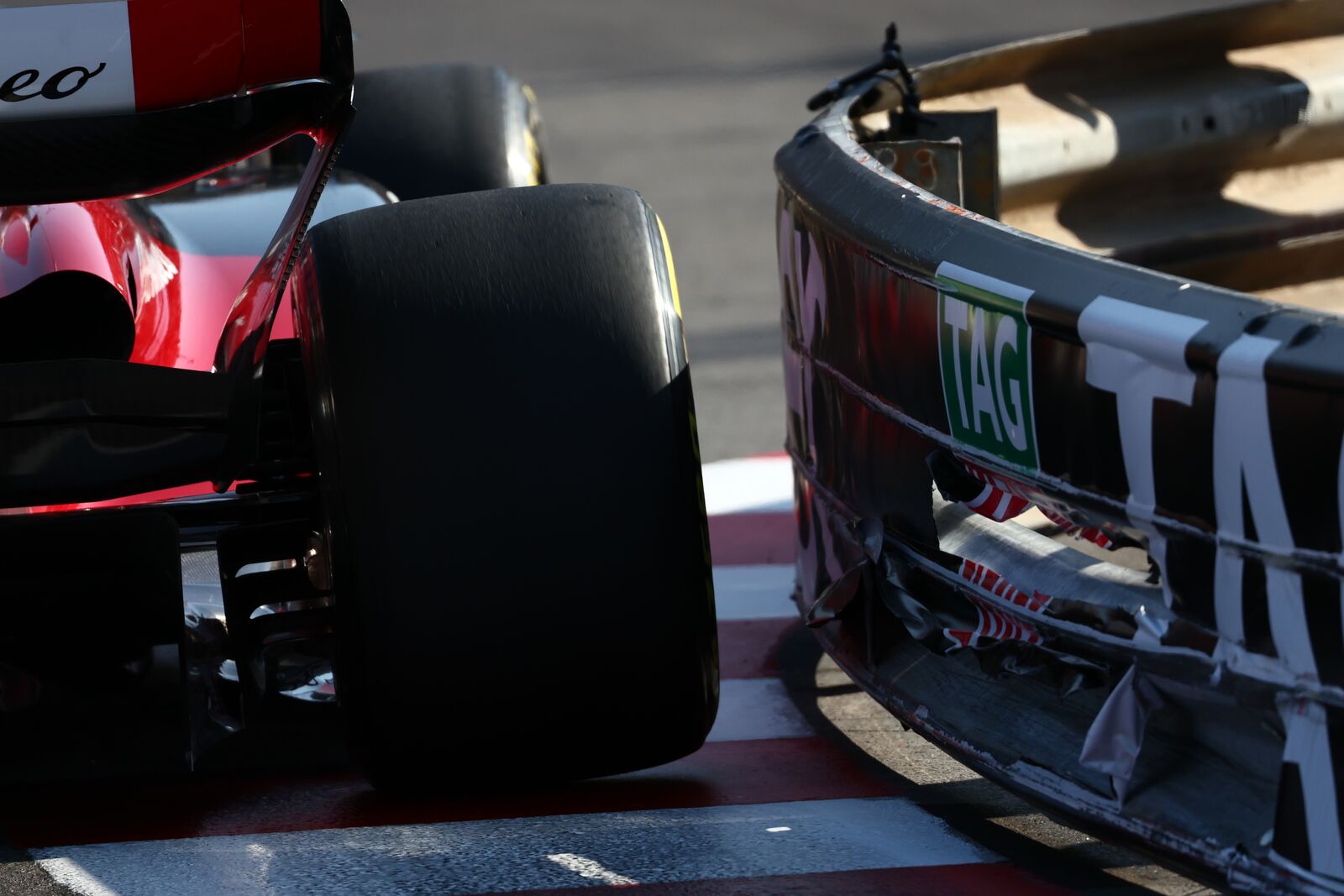
Appeal: Contesting Decisions in F1
Appeal in Formula 1 provides teams with a formal mechanism to contest decisions made by race officials, offering a platform to challenge rulings, penalties, or any other judgments that they perceive to be erroneous or unjust, thereby ensuring fairness and adherence to regulations within the sport.
Autoclave: Crafting with Heat and Pressure
The autoclave in motorsport manufacturing is a specialized device that utilizes both heat and pressure to cure and form composite materials into lightweight, yet incredibly strong components, which are integral in crafting racing vehicles that meet the stringent demands of high-speed competition.
Anti-stall: Preventing Engine Stalls
Anti-stall systems in Formula 1 are engineered to prevent the engine from stalling during scenarios such as abrupt decelerations or when the car is stationary, ensuring that the vehicle maintains its engine power and is able to promptly resume racing with minimal delay.

Aquaplaning: Where the Rubber Leaves the Road
Aquaplaning in Formula 1 represents a critical moment where the rubber leaves the road, as tires lose their grip and glide atop standing water, challenging drivers to maintain control and navigate the track safely under wet conditions.
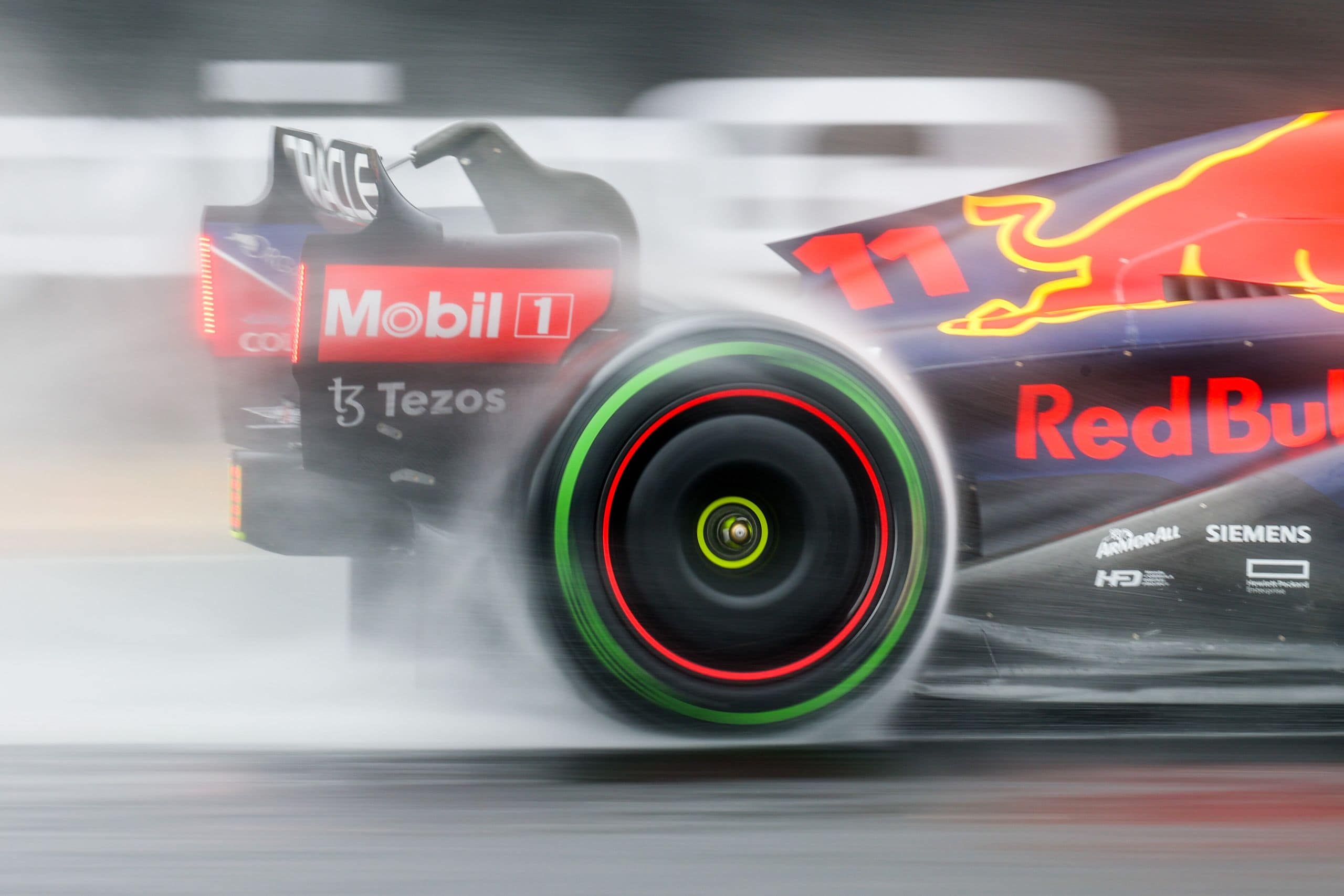
Axle Track: Measuring Wheel Distance
Axle track in motorsport refers to the distance measured between the centers of the left and right wheels, a critical dimension that influences the car’s stability, grip, and handling, particularly when navigating through high-speed corners and various track conditions.
B: Behind the Scenes of F1 Speed
Backmarker: Understanding Race Positions
A Backmarker in Formula 1 typically refers to a slower car, often in the process of being lapped by race leaders, playing a crucial role in race dynamics.

Ballast: Balancing the Beast on Tracks
In motorsport, Ballast refers to strategically placed weight used to balance the vehicle, ensuring optimal performance and adherence to race regulations.
Bargeboard: Steering the Airflow
Bargeboards, located between the front wheels and side pods, are aerodynamic devices designed to manage airflow around the Formula 1 car, enhancing downforce and reducing turbulence.
Black Flag: A Driver Is Disqualified
The Black Flag in Formula 1 signifies a driver’s disqualification, demanding them to cease racing and return to the pits due to a violation of rules or unsafe conditions.
Blistering: Battling Tyre Challenges
Blistering in Formula 1 refers to the formation of bubbles or raised areas on a tire’s surface, often resulting from excessive heat and presenting a significant challenge in maintaining optimal grip and stability on the track.
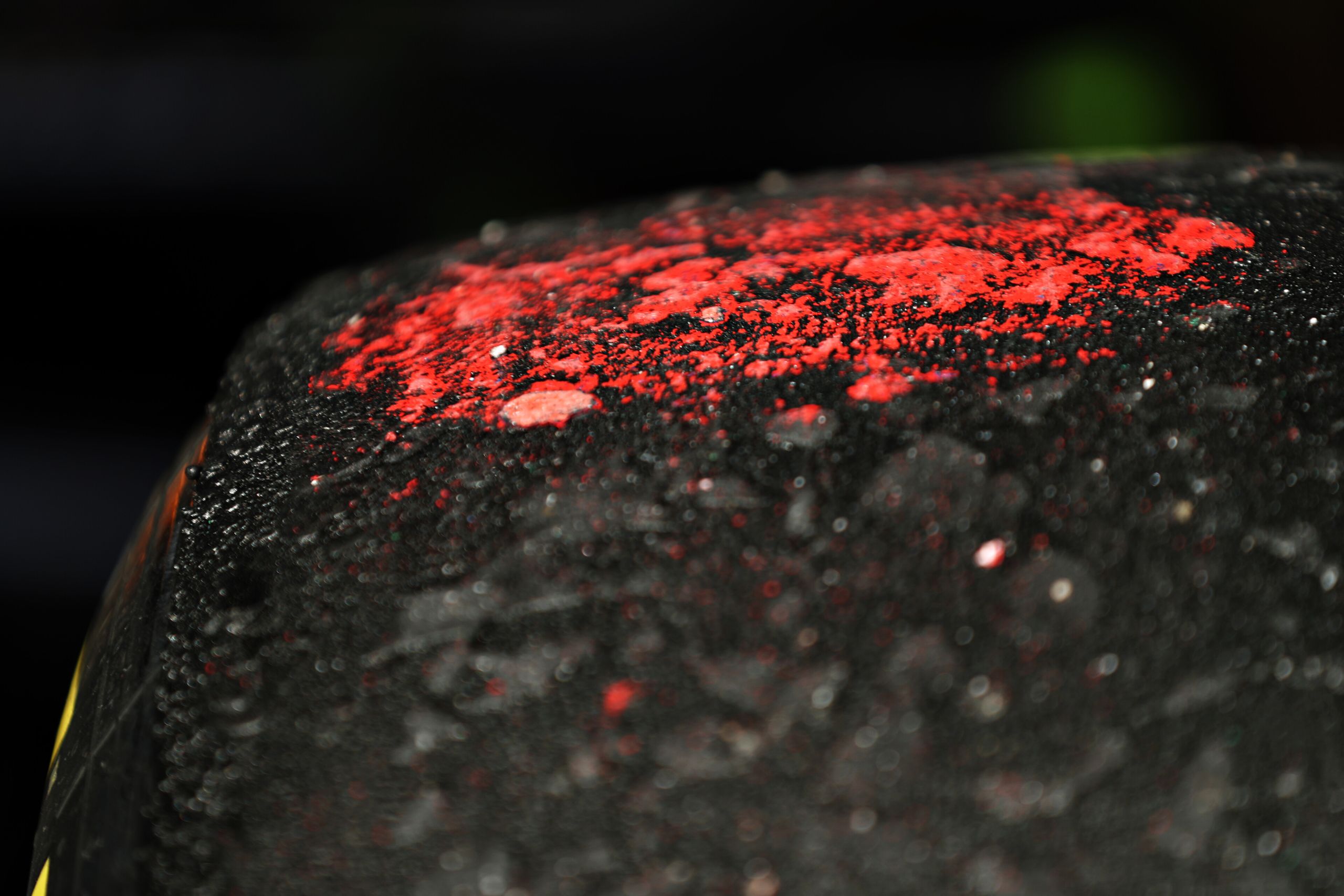
Bodywork: Sculpting the F1 Machine
The Bodywork of a Formula 1 car, such as the engine cover and nose cone, are meticulously crafted and tested, playing a pivotal role in managing aerodynamics, and ensuring optimal speed, stability, and performance during a race.
Bottoming: The Low Ride Phenomenon
Bottoming, or bottoming out, occurs when the chassis of a Formula 1 car makes contact with the track, often resulting from suspension compression and demanding strategic adjustments to avoid performance hindrance.
Brake Balance: Optimizing Stopping Power
Brake Balance in Formula 1 involves adjusting the distribution of braking force between the front and rear brakes, a critical setting that influences stability, stopping power, and tire wear during a race.
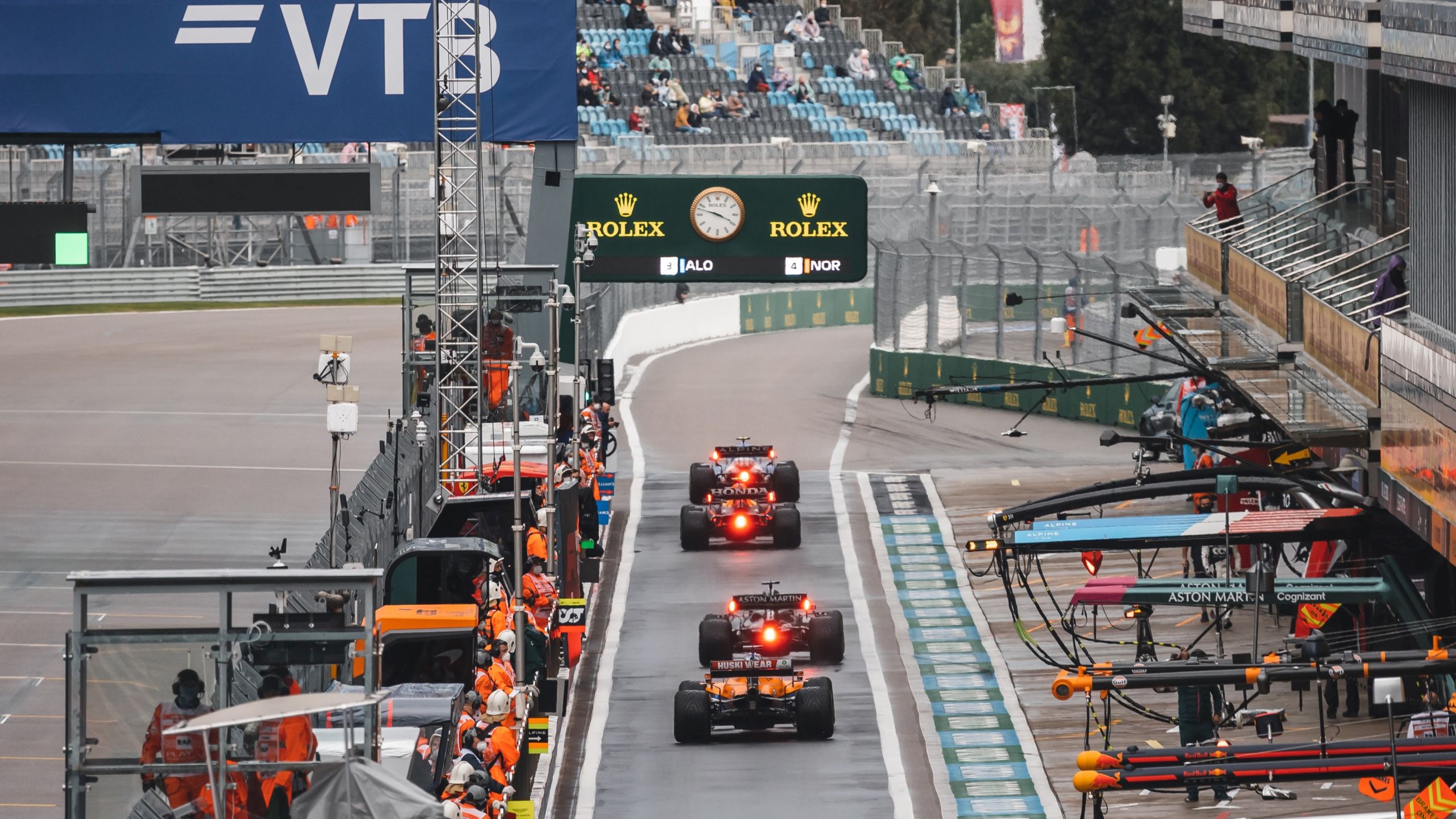
Bollard: Guiding the Race Path
In motorsport, a Bollard serves as a guide or marker, often placed to dictate the path that vehicles must follow, particularly in pit lanes or through chicanes, ensuring adherence to track limits and regulations.
C: Cracking the Code of F1 Complexity
Chassis: The Skeleton of Speed Machines
The chassis in Formula 1 acts as the fundamental framework, providing the structural base that supports the vehicle’s engine and other key components, thereby being crucial in influencing the speed and stability of the speed machines.
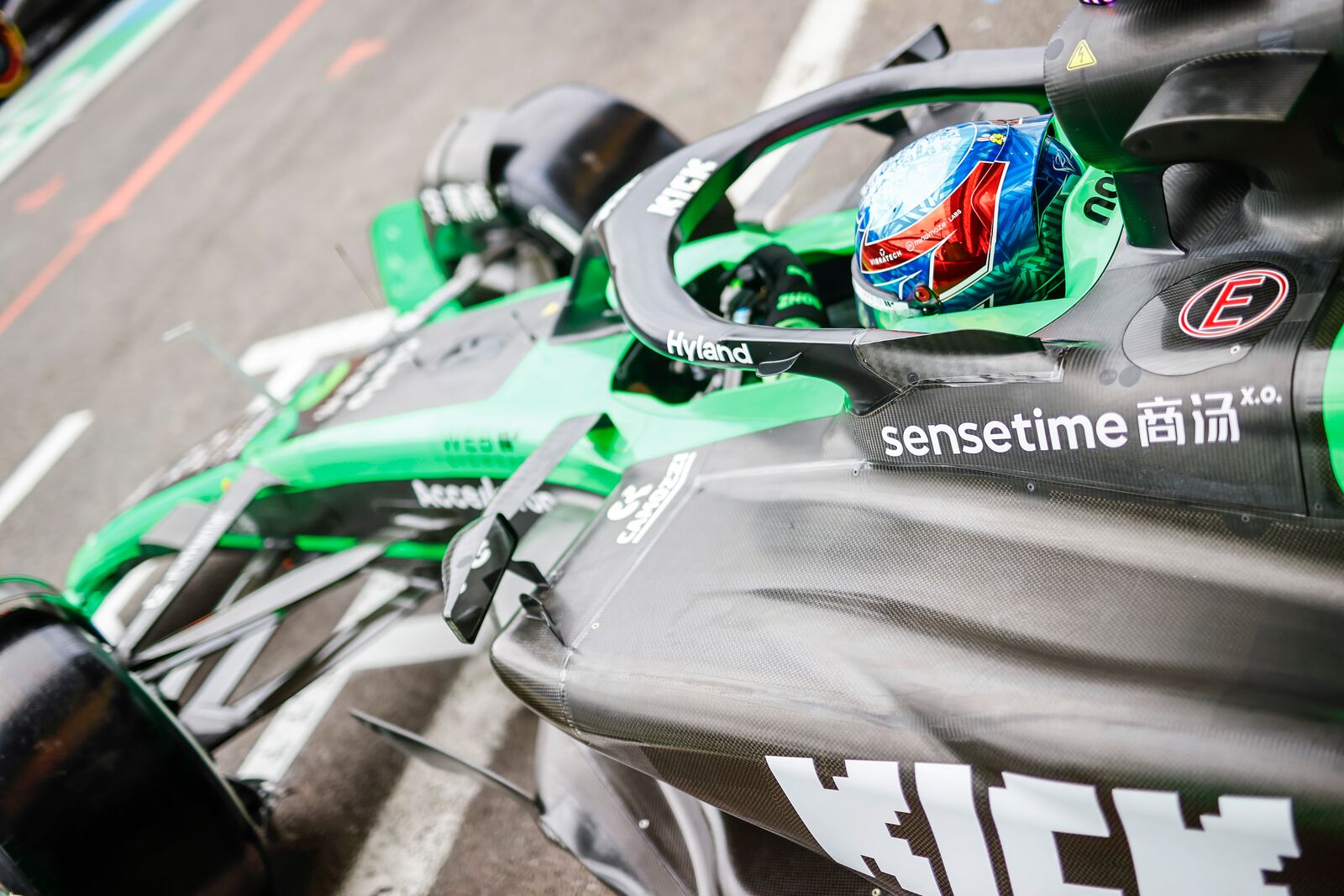
Chicane: Navigating Through Zigzag Challenges
Navigating through a chicane, which is a tight sequence of corners on the track, requires strategic steering and speed control to ensure that the vehicle maintains stability and momentum without compromising on lap time.

Cockpit: The Driver’s High-Speed Office
The cockpit in a Formula 1 vehicle serves as the driver’s high-speed office, where all critical driving controls are within reach, and it is meticulously designed to ensure optimal functionality and safety during races.
CAD: Designing the F1 Beast Digitally
Computer-Aided Design (CAD) plays a pivotal role in digitally crafting and optimizing the design of a Formula 1 beast, enabling engineers to simulate and analyze various aspects before the physical construction of the vehicle.
Camber: Tilting Towards Speed
Camber, which refers to the tilting of the vehicle’s wheels from a vertical axis, is a critical aspect in Formula 1 that aids in achieving optimal speed and stability, especially during cornering, by adjusting the wheel alignment.
CFD: Simulating Airflow Dynamics
Computational Fluid Dynamics (CFD) is employed in Formula 1 to simulate airflow dynamics around the vehicle, providing engineers with crucial data to optimize aerodynamics and enhance performance on the track.
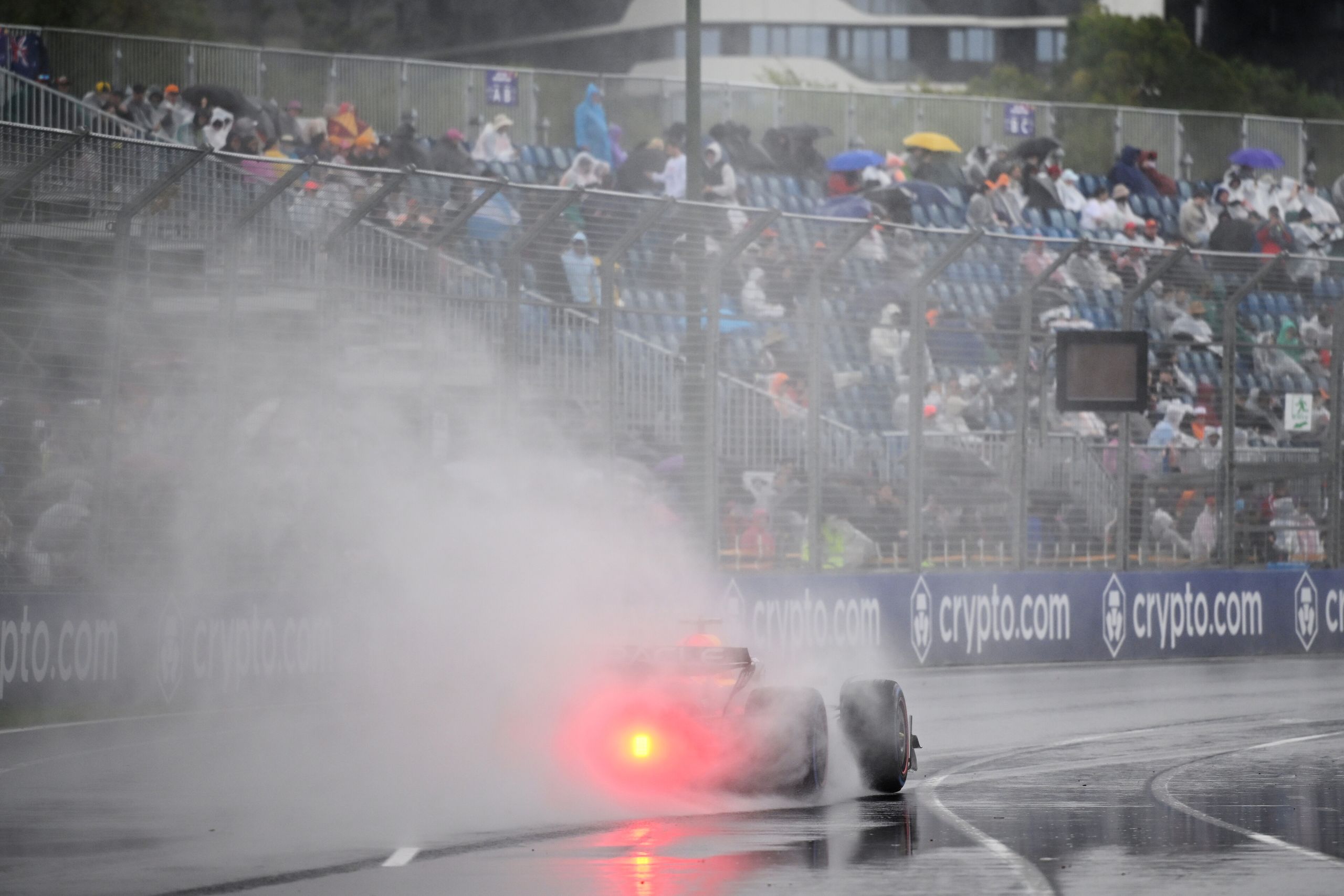
Clean Air: Racing Ahead of the Turbulence
Racing in clean air, which is undisturbed by other vehicles, allows Formula 1 cars to avoid turbulence, ensuring that the aerodynamics are not compromised and providing the driver with better control and stability.
Compound: Deciphering Tyre Types
The compound of a Formula 1 tyre, which refers to the specific blend of rubber used, is meticulously chosen based on various factors like track conditions and weather, as it significantly influences grip, wear, and overall performance during a race.
Contact Patch: Where Rubber Meets Road
The contact patch in Formula 1 is the area where the rubber of the tyre meets the road, and it plays a vital role in providing grip, transmitting forces, and essentially connecting the vehicle to the track surface.
Corner Cutting: Trimming the Track
Corner cutting involves strategically navigating the vehicle in such a manner that it trims the track, often by slightly going over the inside of a corner, which can sometimes provide a shorter path and potentially reduce lap times, albeit within the regulations.
D: Delving into Dynamic Driving
DAS: Adjusting the Wheel Alignment
DAS, or Dual Axis Steering, revolutionizes wheel alignment adjustment in Formula 1, enabling drivers to modify the toe angle of the front wheels while in motion, optimizing straight-line speed and cornering stability.
Debrief: Post-Race Analysis and Strategy
A debrief in Formula 1 is a critical post-race analysis and strategy session where drivers, engineers, and team principals dissect the events of the race, extracting key learnings and formulating future strategies to enhance performance.
Degradation: The Life and Wear of Tyres
Degradation in Formula 1 refers to the life and wear of tyres, a pivotal aspect that teams meticulously monitor to optimize pit stop strategies and ensure that the rubber maintains optimal grip and performance throughout the race.

Delta Time: Timing the Race Intervals
Delta time in Formula 1 provides a crucial metric for the time difference between two laps and/or two cars, offering teams and drivers real-time insights into performance variations and enabling strategic adjustments to optimize race pace and positioning.
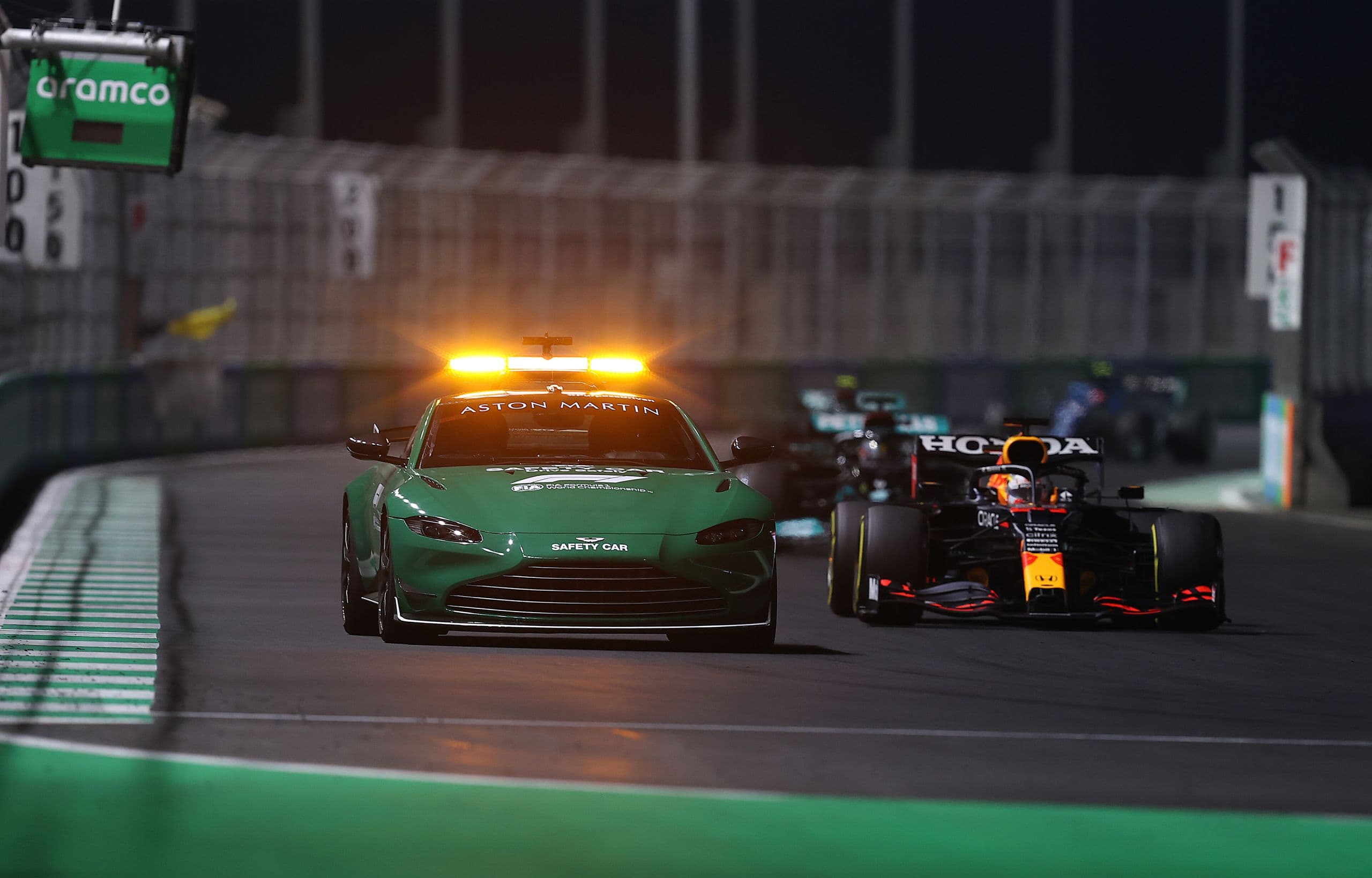
Diffuser: Managing Undercar Airflow
The diffuser, located at the rear underside of a Formula 1 car, plays a crucial role in managing under-car airflow, extracting air from beneath the vehicle to enhance downforce and stability, particularly at high speeds.
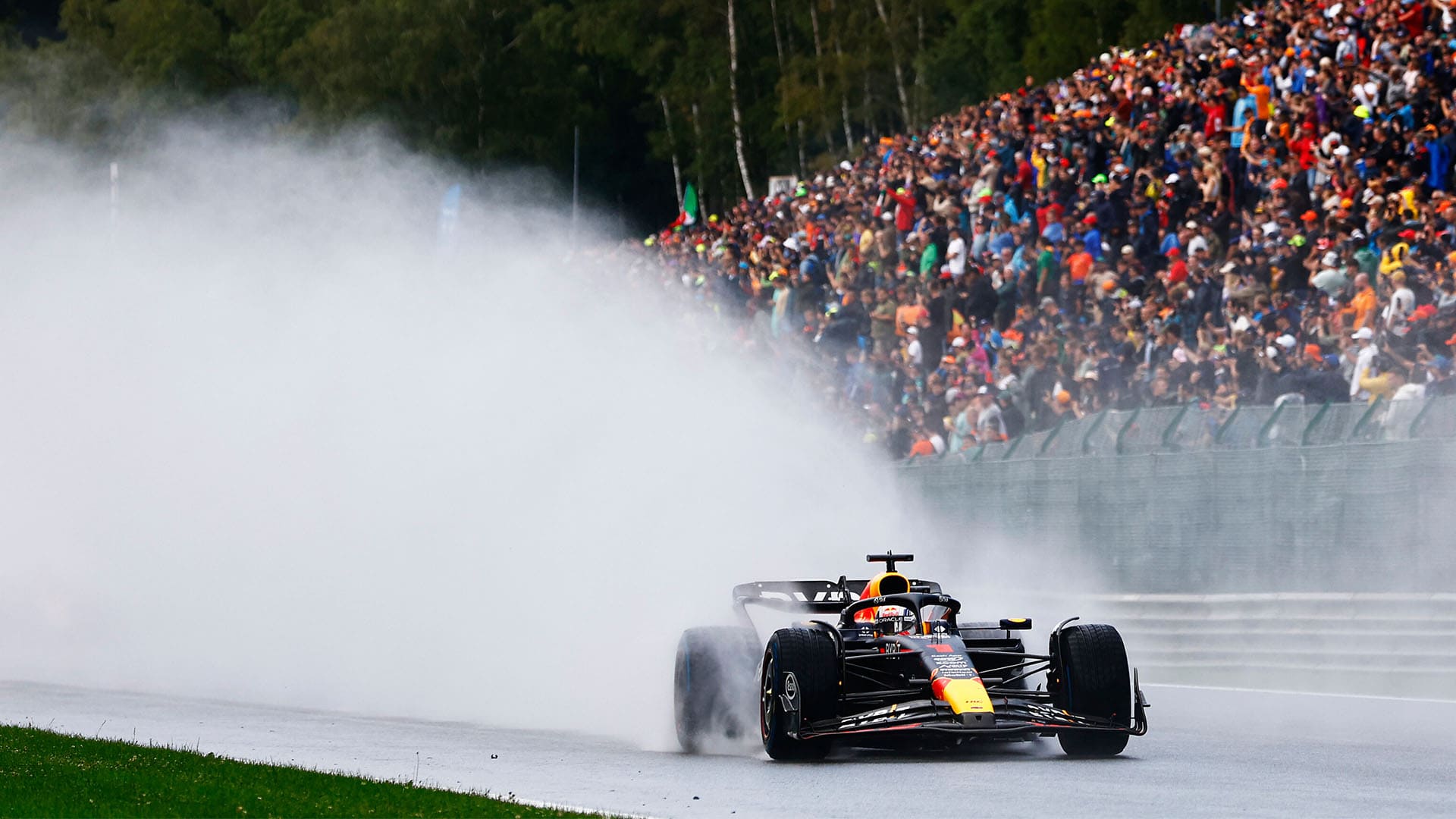
Downforce: Gluing the Car to the Track
Downforce in Formula 1 acts as an invisible force, glueing the car to the track, and is engineered through various aerodynamic components to enhance grip, stability, and speed, particularly through corners.
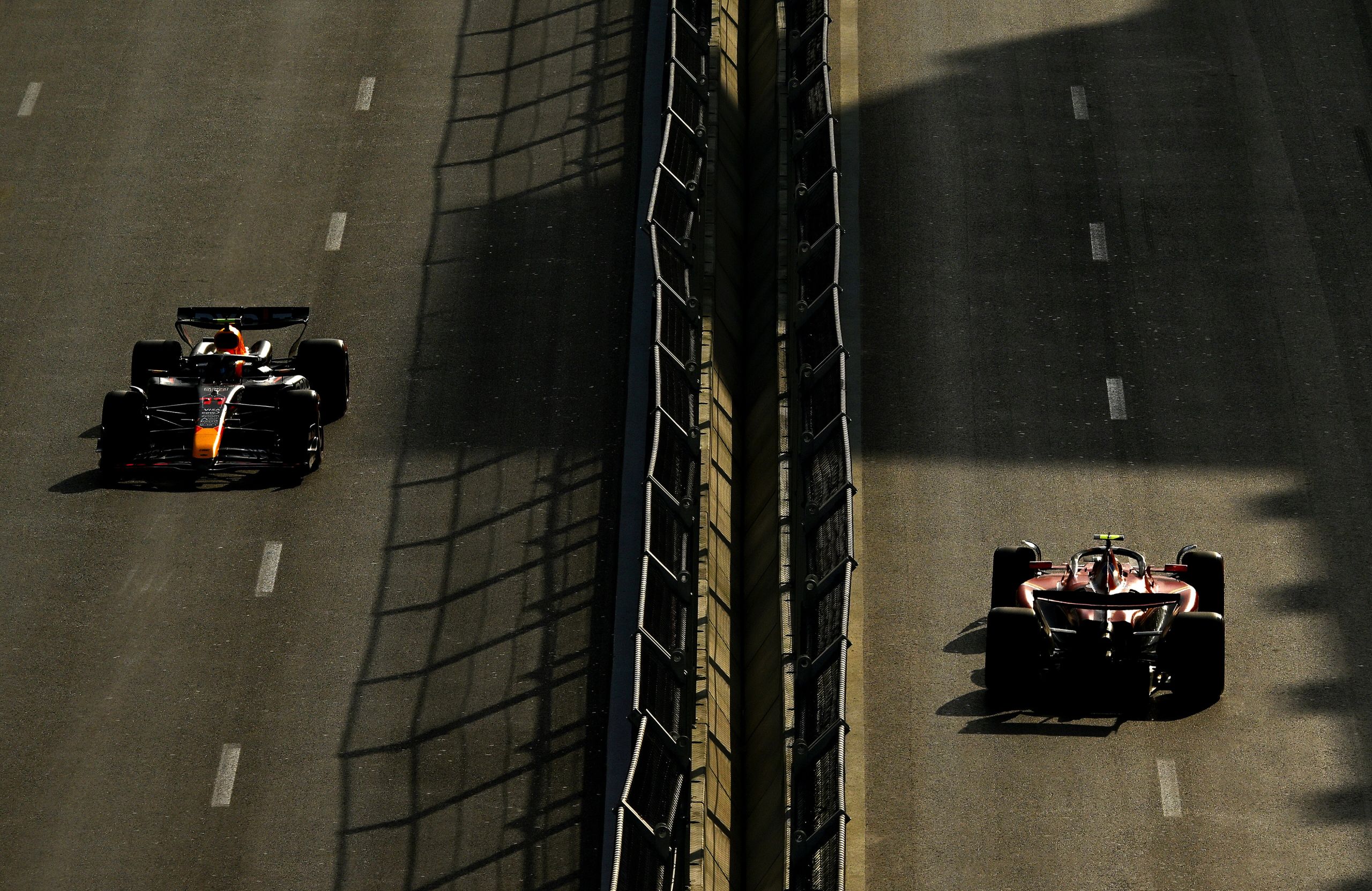
Drag: The Invisible Hand Slowing Speed
Drag acts as the invisible hand in Formula 1, slowing speed by opposing the motion of the vehicle, and teams strategically manage aerodynamic designs to minimize this resistance, ensuring optimal speed and performance on straights and during overtakes.
Drive-through Penalty: Punishing Rule Violations
A drive-through penalty in Formula 1 serves as a mechanism to punish rule violations, requiring the penalized driver to navigate through the pit lane adhering to the speed limit, without stopping, adding crucial seconds to their race time.
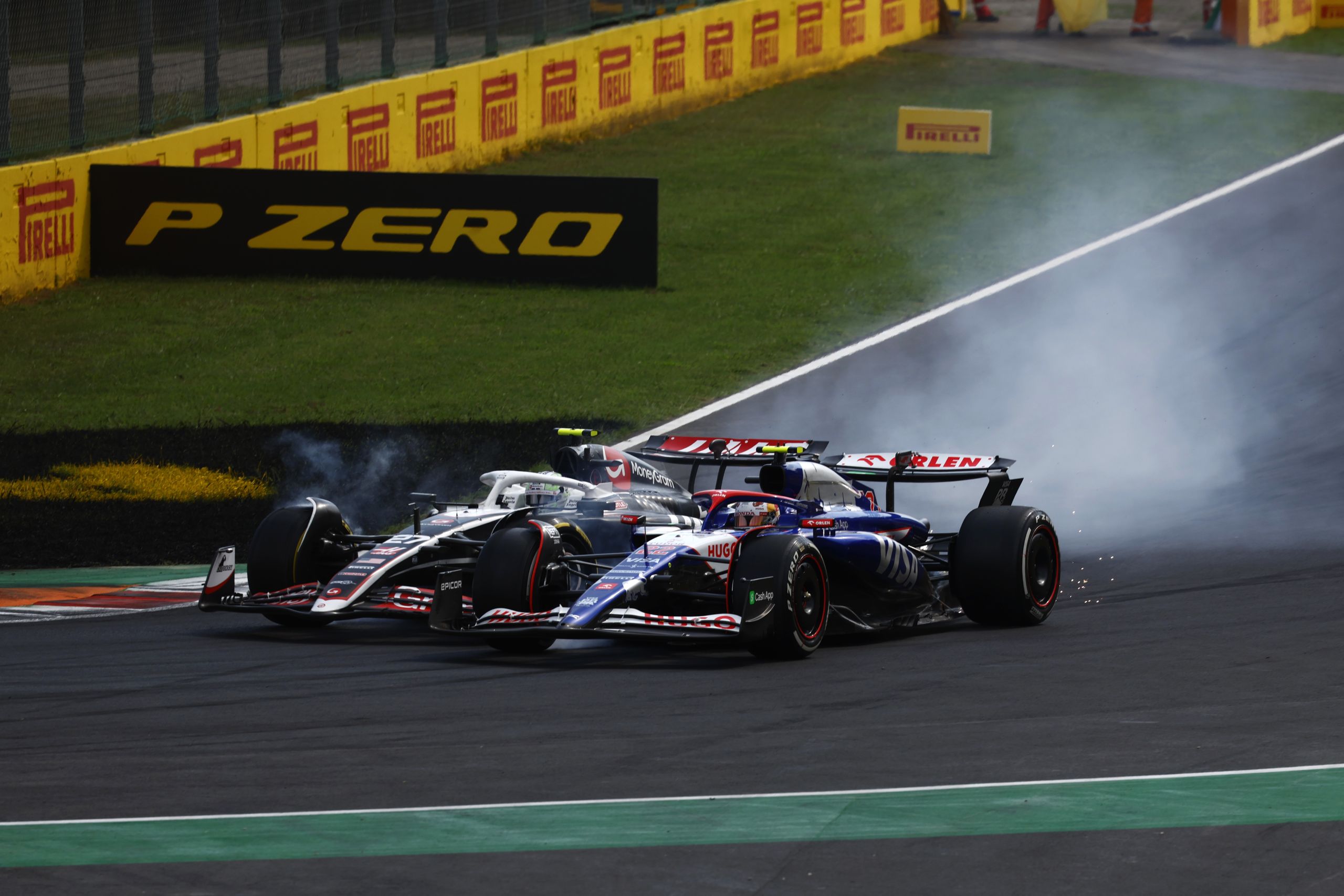
Drivers’ Briefing: Pre-Race Strategy Session
The drivers’ briefing provides a pivotal pre-race strategy session in Formula 1, where race officials, drivers, and team representatives converge to discuss rules, expectations, and concerns, ensuring clarity and consensus before the race commences.
DRS: Boosting Overtaking Opportunities
DRS (Drag Reduction System) in Formula 1, strategically boosts overtaking opportunities by temporarily reducing aerodynamic drag, enabling drivers to increase straight-line speed and enhance their chances of successfully navigating past competitors. DRS can be used at any time in practice and qualifying, but in a race it can only be activated when a driver is within one second of the car in front in certain DRS Zones around the track.
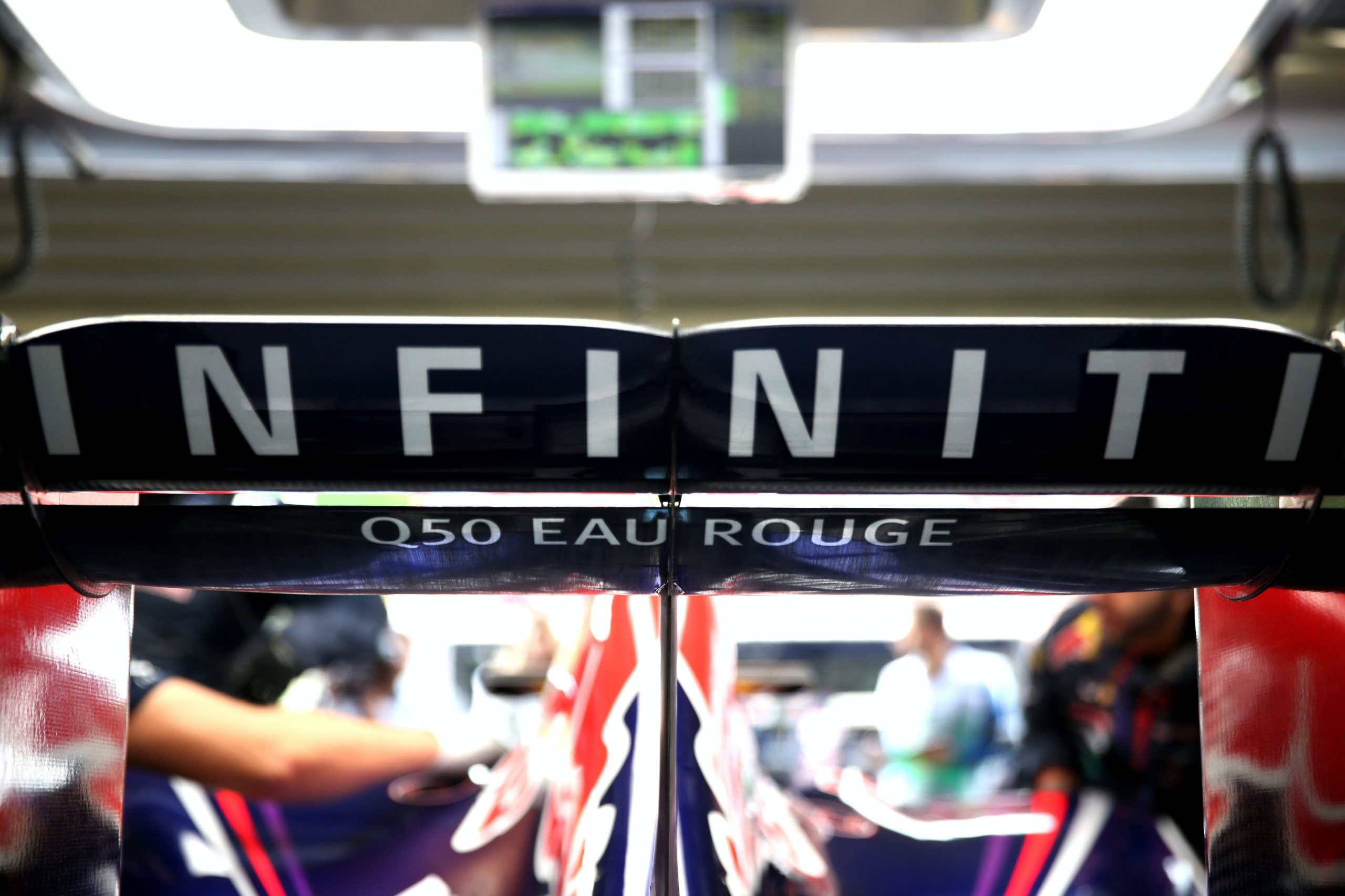
E: Engineering Excellence in F1
ECU: The Brain Behind the Speed
The Engine Control Unit (ECU) in Formula 1 acts as the brain behind the speed, controlling the electrical systems and meticulously managing and optimizing various engine parameters to ensure peak performance and reliability throughout the race.

Endplate: Guiding the Aerodynamic Flow
Endplates in Formula 1 strategically guide the aerodynamic flow around the vehicle, particularly around the wings, to minimize turbulence and optimize downforce, contributing to enhanced stability and grip during high-speed maneuvers.
Energy Store: Powering the F1 Machine
The Energy Store in Formula 1 serves as a pivotal component in powering the F1 machine, meticulously storing and managing the electrical energy that is harnessed and utilized by the vehicle’s hybrid system to boost performance and efficiency.
ERS: Harnessing and Utilizing Energy
The Energy Recovery System (ERS) in Formula 1 plays a crucial role in harnessing and utilizing energy, capturing kinetic and heat energy that would otherwise be lost via Motor Generator Units, and converting it into electrical power that can be deployed to enhance speed and overtaking capabilities.
F: Fast and Furious F1 Fundamentals
F-Duct: Channeling Airflow Efficiently
The F-Duct system in Formula 1 ingeniously channels airflow efficiently through specific ductwork, manipulating aerodynamic forces to enhance straight-line speed while minimizing drag, providing teams with a strategic advantage during races.
Fastest Lap: The Race Within the Race
Achieving the Fastest Lap in a Formula 1 race represents a mini-contest within the grander competition, where drivers push their machines to the limit in a bid to secure additional points and showcase their speed and technical prowess on the circuit.
Flag System: Communicating on the Circuit
The Flag System in Formula 1 serves as a vital communication tool on the circuit, utilizing various colored flags to convey crucial messages, warnings, and instructions to the drivers, ensuring safety and order during the high-speed competition.
Flat Spot: The Tyre’s Battle Scar
A Flat Spot in Formula 1 refers to the tyre’s battle scar, a localized area of significant wear that occurs when a locked tyre skids along the asphalt during extreme braking, often compromising ride quality, causing a severe vibration, and poor overall tyre performance for the remainder of the race.
Formation Lap: The Calm Before the Speed Storm
The Formation Lap or Parade Lap in Formula 1 represents the calm before the speed storm, providing drivers with a crucial opportunity to warm their tyres and brakes while also allowing teams to perform last-minute checks, ensuring optimal performance once the lights go out.

Front Wing
The Front Wing of a Formula 1 car plays a pivotal role in managing aerodynamic forces, meticulously designed to channel air around the vehicle efficiently, thereby maximizing downforce, minimizing drag, and enhancing stability through corners and under braking.
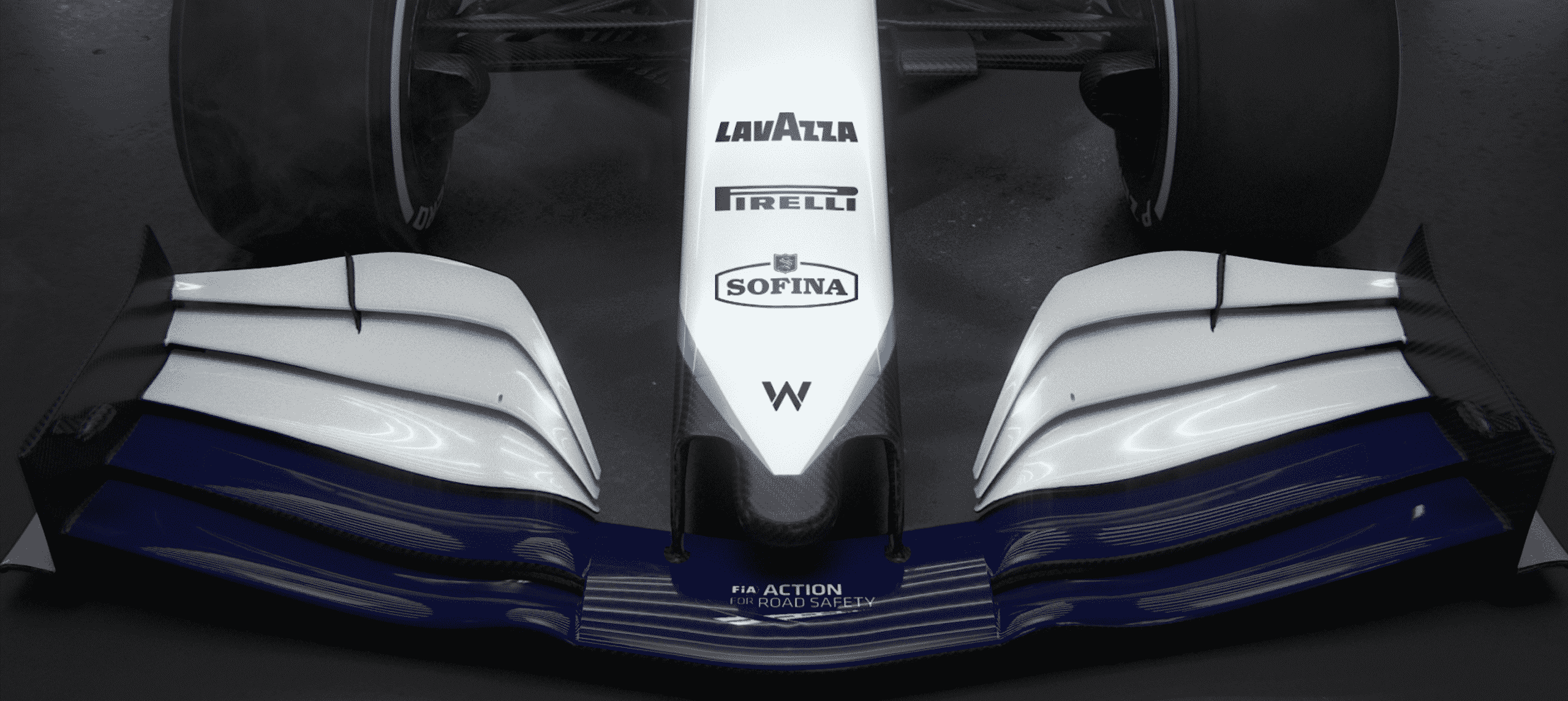
G: Gearing Up for Grand Prix Greatness
G-force: Feeling the Speed Physically
G-force is a unit of gravity that translates the physical sensation of speed and acceleration to drivers and spectators alike, as cars navigate through corners, straights, and braking zones. Drivers experience severe G forces that test both their physical and mental endurance.
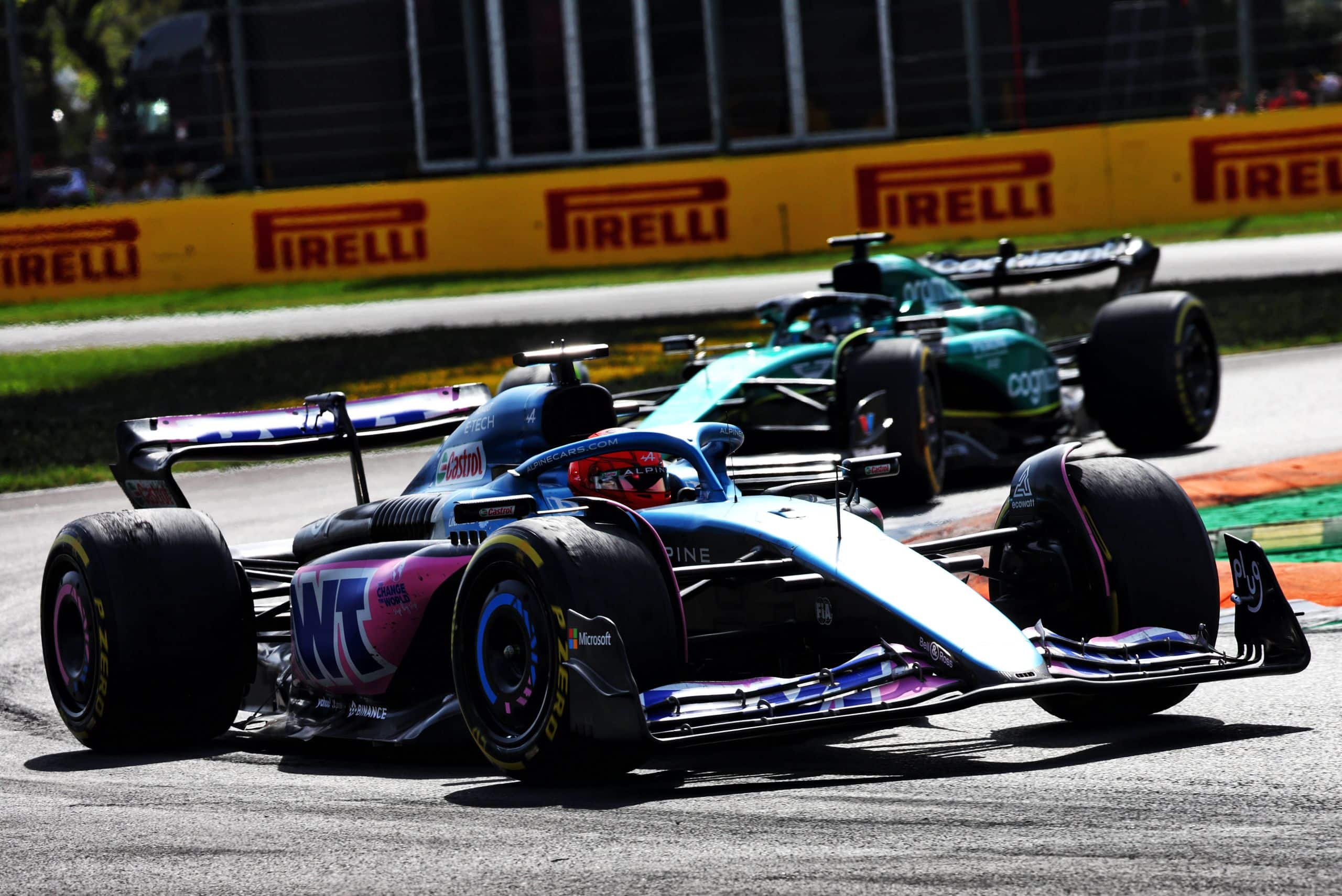
Graining: Understanding Tyre Wear
Graining in Formula 1 provides insight into understanding tyre wear, a phenomenon where loose rubber begins to adhere to the tyre’s surface during periods of sliding, subsequently affecting grip levels and influencing strategic decisions throughout the race. The amount of fuel a car is carrying, green track conditions, and driving style all affect the amount of graining present on each tyre.
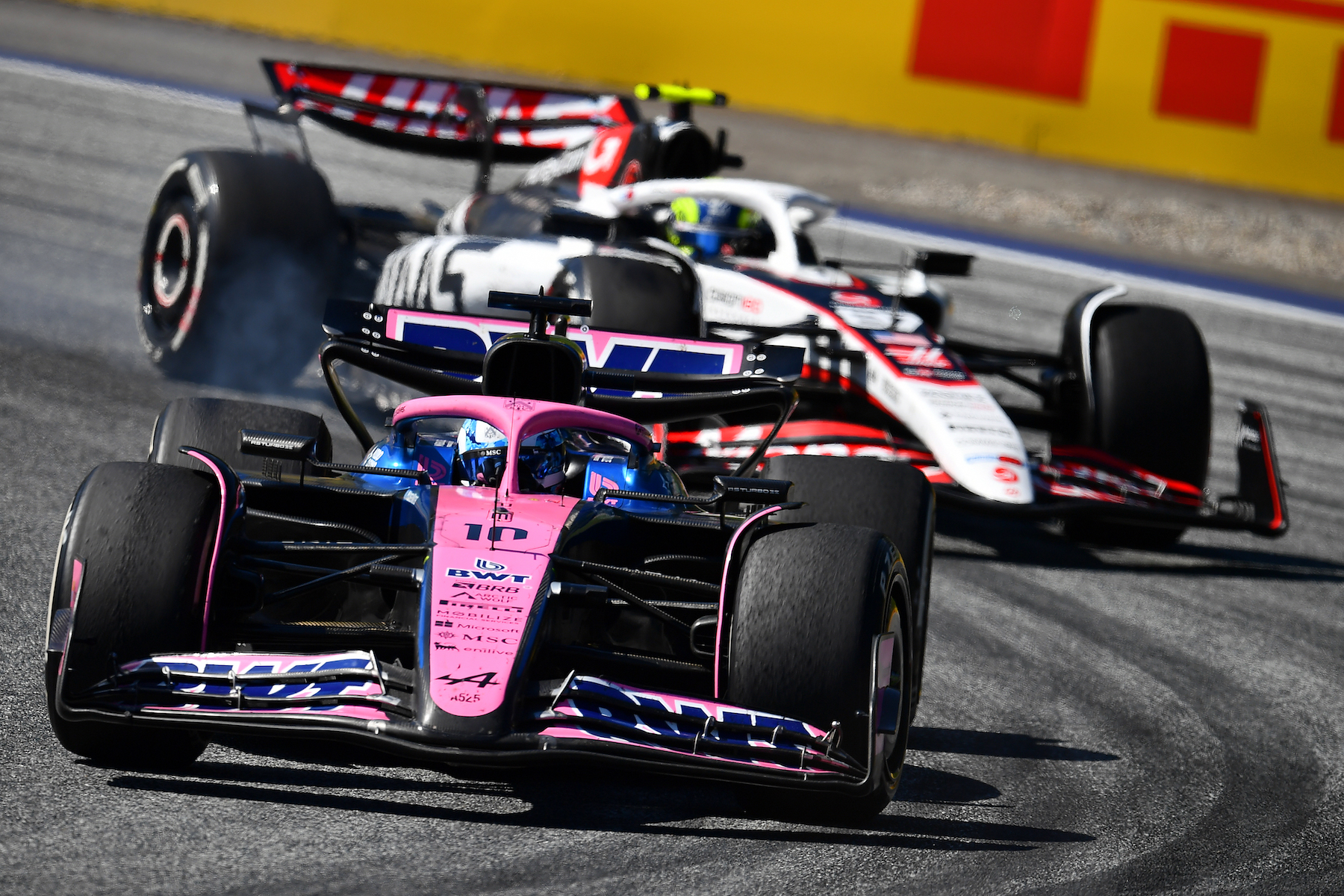
Gravel Trap: The Off-Track Safety Net
The Gravel Trap serves as an off-track safety net in Formula 1, strategically placed around circuits to slow and potentially halt cars that veer off course, providing an additional layer of safety while also posing a challenge to drivers who push the boundaries.
Green Flag: It’s Time to Race
The Green Flag in Formula 1 signals the commencement of start procedures, marking the onset of free practice and qualifying, and indicating the resolution of on-track hazards during a race.
Grip: Ensuring Tyres Cling to the Track
Grip in Formula 1 is paramount, ensuring tyres cling to the track and providing drivers with the necessary traction to keep control through corners, accelerate out of turns, and brake efficiently, all while balancing the delicate interplay between speed and control.
Grand Chelem: The Ultimate F1 Achievement
Achieving a Grand Chelem stands as the ultimate F1 achievement, a feat where a driver leads every lap of the race, secures pole position, and records the fastest lap, showcasing a dominant performance that underscores their skill, precision, and the team’s technical prowess.
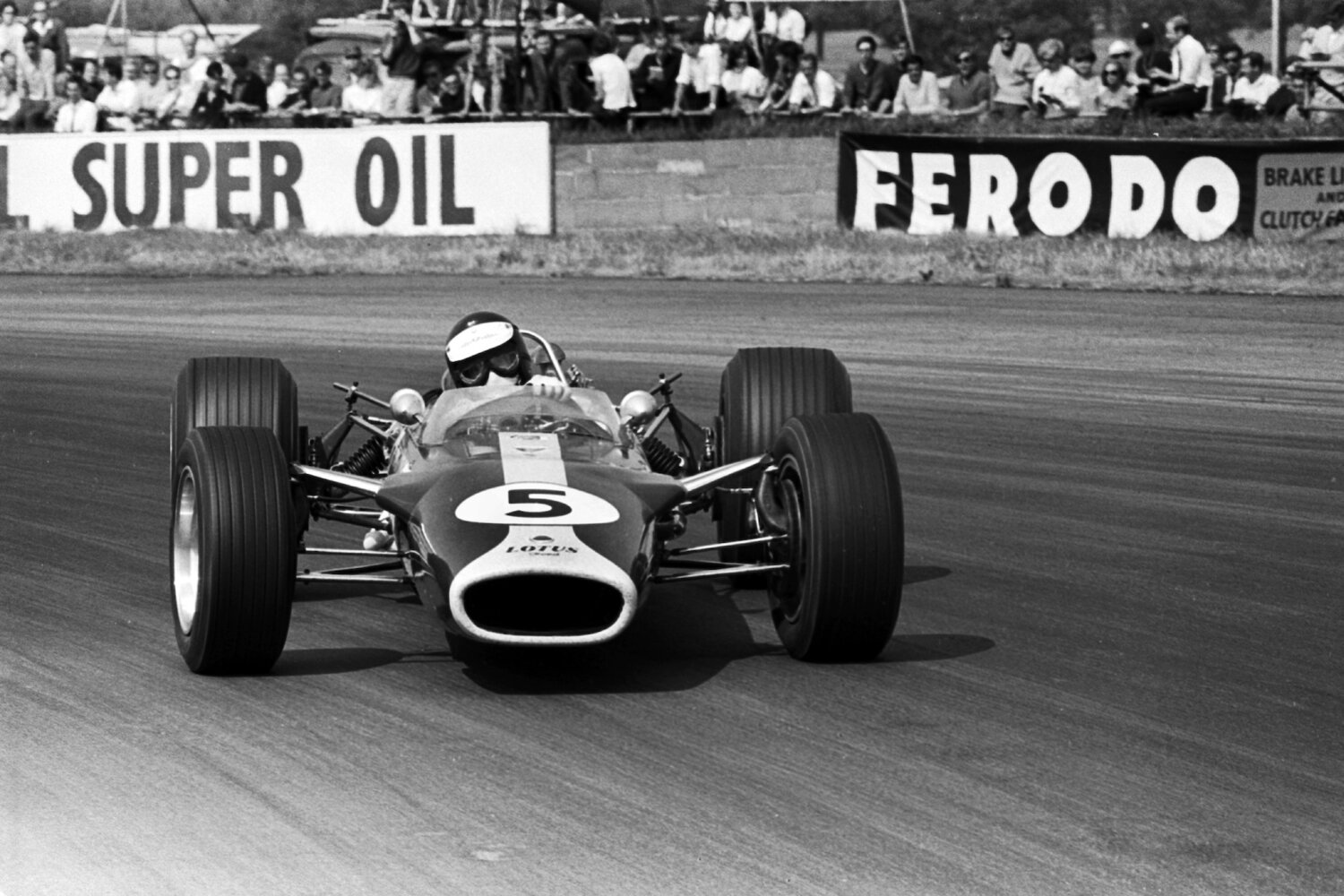
Grand Prix: Celebrating Global F1 Races
The Grand Prix represents a global celebration of Formula 1 races, where teams, drivers, and fans converge in various international circuits, each bringing its unique challenges and character, to compete, celebrate, and witness the pinnacle of motorsport in action.
Ground Effect: Utilizing Aerodynamic Forces
The Ground Effect in Formula 1 involves utilizing aerodynamic forces to enhance a car’s performance, where underbody designs and components work cohesively to generate downforce, improving traction and stability, especially through high-speed corners.

H: Harnessing High-Octane F1 Highlights
Halo: Shielding the Driver
The Halo in Formula 1 plays a crucial role in shielding the driver, providing a robust, semi-circular bar above the cockpit that acts as a protective barrier against debris and during collisions, thereby enhancing safety without compromising the competitive spirit of the sport.
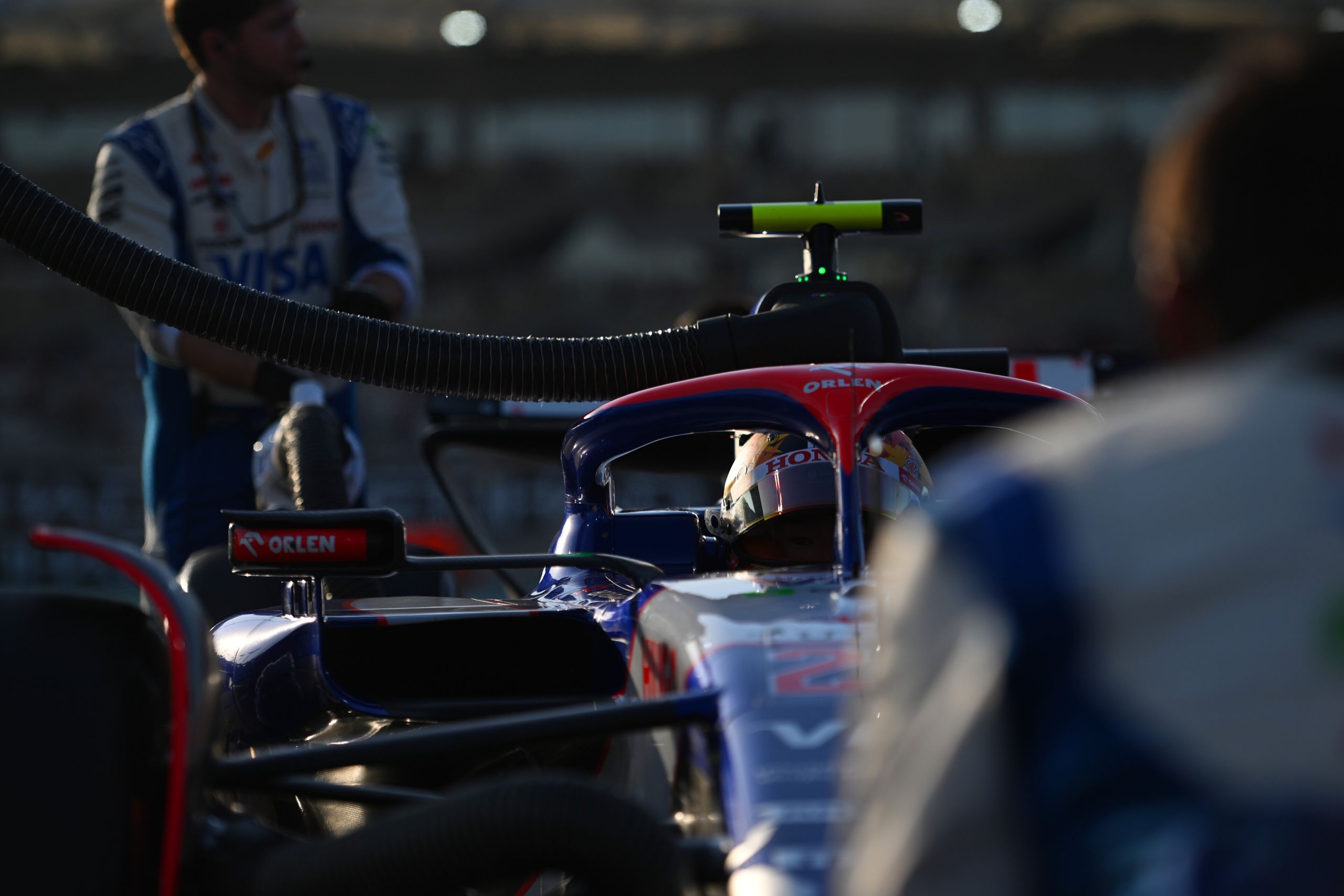
Handling: Navigating with Precision
Handling in Formula 1 is pivotal, enabling drivers to navigate with precision through the intricate mazes of straights, chicanes, and corners found in circuits worldwide, ensuring that the car responds accurately to steering inputs and maintains stability throughout the race.
HANS Device: Ensuring Neck Safety
The HANS Device, or Head and Neck Support Device, is paramount in ensuring neck safety for Formula 1 drivers, providing a vital connection between the helmet and a collar, which works to mitigate the risk of head and neck injuries during high-impact scenarios on the track.
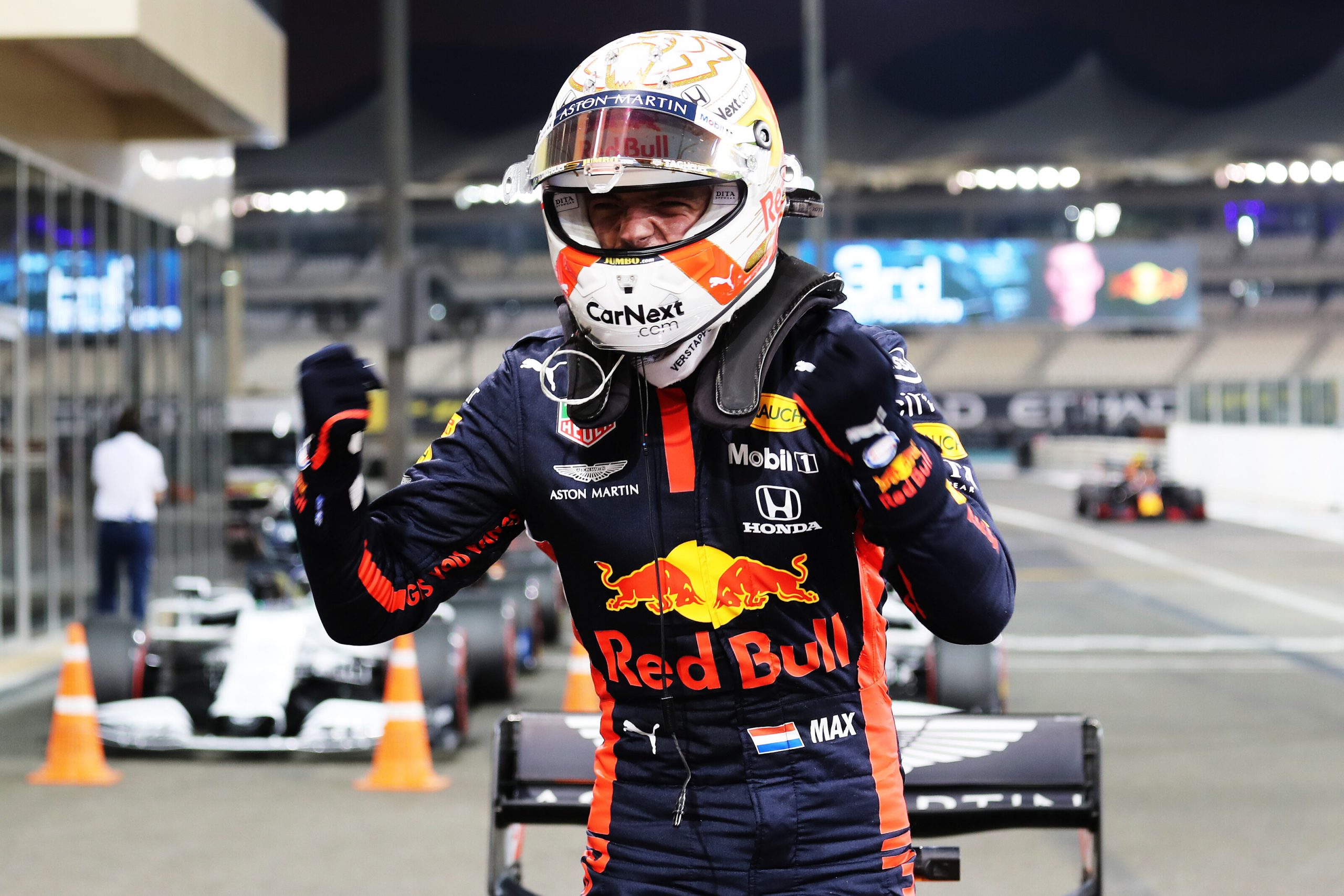
Headrest: Combining Comfort with Safety
The Headrest in a Formula 1 car meticulously combines comfort with safety, providing a cushioned support that not only offers the driver a stable position during the high-speed endeavors but also serves as an essential safety feature during impacts and abrupt decelerations.
Heat Cycle: The Life Journey of a Tyre
The Heat Cycle in Formula 1 explores the life journey of a tyre, from its initial heat-up on the track to subsequent cooling, a process that significantly impacts the tyre’s performance, wear rate, and grip, thereby influencing strategic decisions and pit stop timings during a race.

I: Inside the Intricate World of F1
Installation Lap: Testing and Checking
The Installation, also known as a warm-up lap, serves as a crucial initial phase in any practice or testing session, where drivers and teams meticulously evaluate the car’s systems and setup, ensuring that every component is functioning optimally before engaging in high-speed runs.
Internal Combustion Engine: Powering the Beast
The Internal Combustion Engine (ICE) stands as the powerhouse in a Formula 1 vehicle, converting fuel into kinetic energy and, in conjunction with hybrid elements, propelling these high-tech machines at astonishing speeds, while teams continuously explore advancements in efficiency and performance.
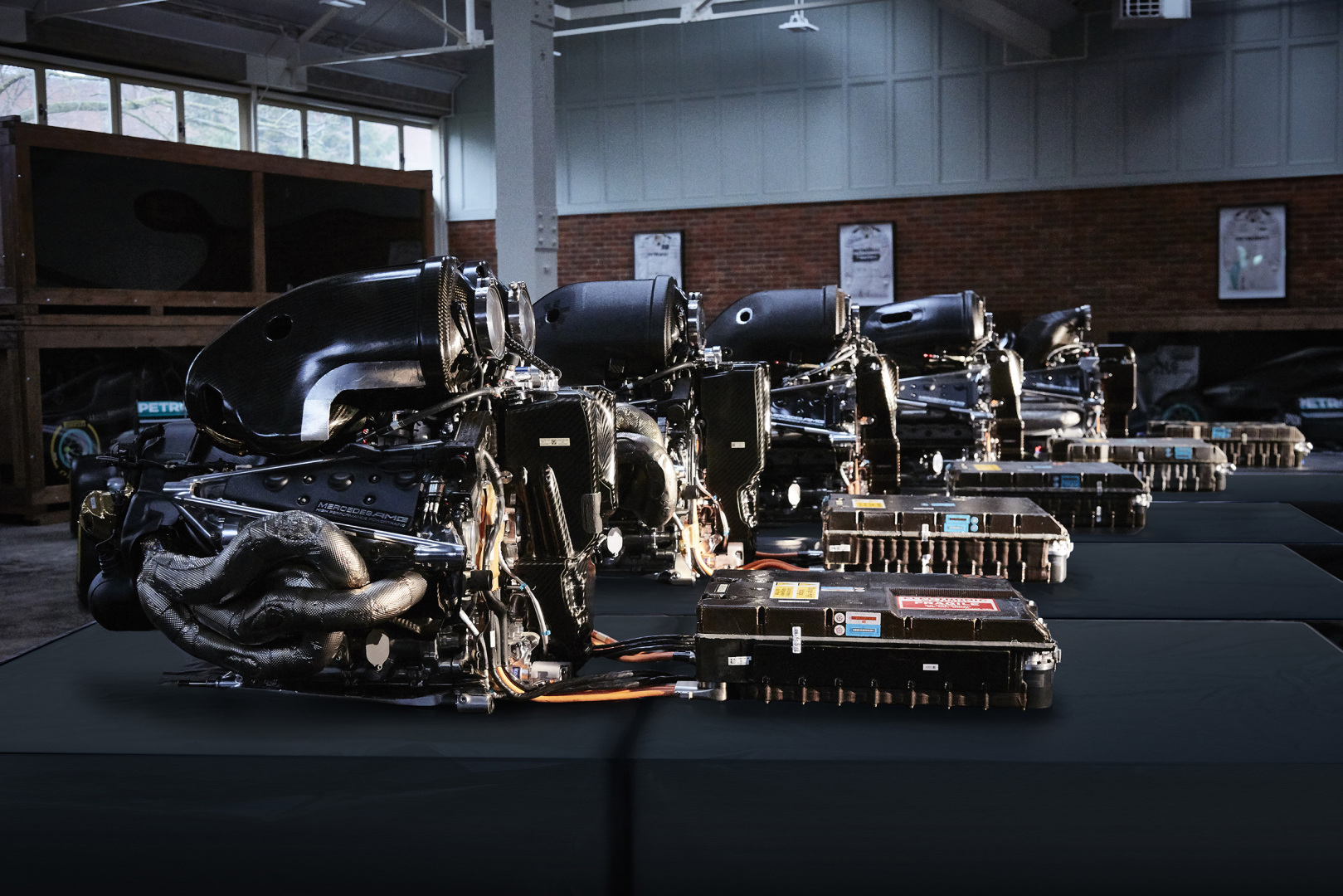
J: Jumping into the Jet-Set World of F1
Jump Start: A Premature Race Commencement
A Jump Start in Formula 1 refers to a driver moving off their grid position before the official race start signal is given, a critical error that typically results in penalties due to the unfair advantage gained and the potential disruption it can cause to the race’s overall integrity.
K: Keeping Pace with F1 Kinetics
Kevlar: Enhancing Safety with Material Science
Kevlar, renowned for its strength and resistance to heat, plays a pivotal role in enhancing safety within Formula 1 by being utilized in various components, such as racing suits and tires, to safeguard drivers and optimize vehicle resilience amidst the sport’s demanding conditions.
L: Learning the Lingo of Laps and Lanes
Lap Record: Celebrating Speed Achievements
Lap Record in Formula 1 signifies a remarkable achievement, marking the fastest time a driver has navigated around a particular circuit, showcasing not only personal skill but also the peak performance of their vehicle.
Lapped: Overtaking the Overcome
Being Lapped in Formula 1 is a scenario where a driver is overtaken by another competitor who is an entire lap ahead, highlighting disparities in performance and strategy during the race.
Left-foot Braking: A Driver’s Technique
Left-foot Braking is a specialized driving technique in Formula 1, where the driver’s right foot manages the throttle leaving the left to braking, enabling rapid transitions between acceleration and deceleration.
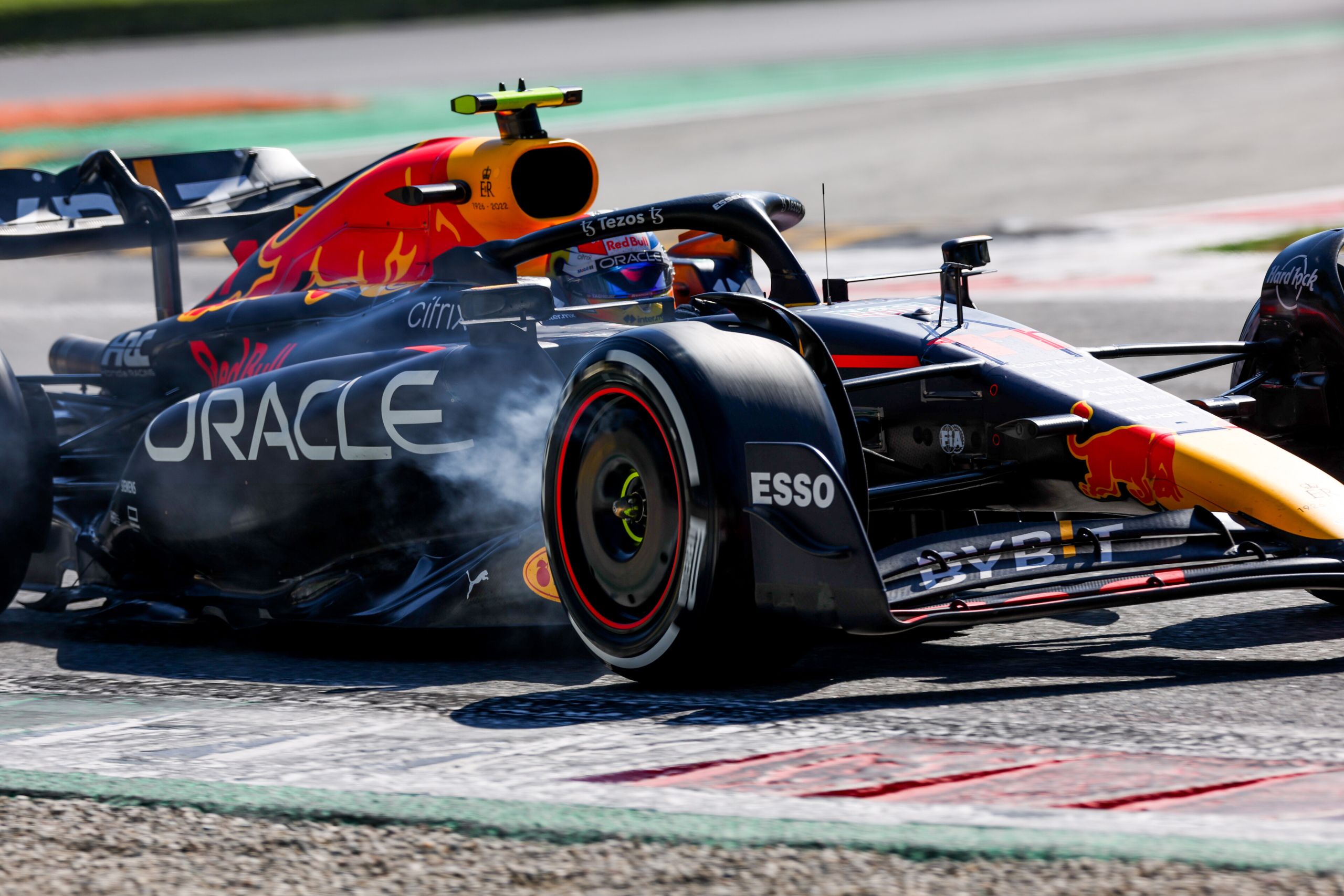
Lock-up: When Brakes Say No
A Lock-up in Formula 1 occurs when a tire stops rotating while the car is still in motion, often caused when the driver brakes too hard, which can lead to flat-spotting of the tire and compromise vehicle control and tire longevity.
Lollipop: Signaling in the Pit Lane
The Lollipop in Formula 1 is a signaling device used by pit crews to communicate crucial instructions to the driver during pit stops, ensuring precise and safe execution of strategies within the pit lane.
M: Mastering the Mechanics of F1 Movement
Marbles: The Hidden Track Hazards
Marbles in Formula 1 refer to the small pieces of rubber (similar in size to ball bearings) that shed from tires and accumulate beside the racing line, posing a potential hazard by reducing grip for drivers who venture off the optimal path.
Marshal: Ensuring Order on the Track
A Marshal in Formula 1 plays a pivotal role in maintaining safety and order during events, providing crucial signals to drivers and assisting in emergency situations to uphold the smooth operation of races.
Monocoque: The Shell that Shields
The Monocoque in Formula 1 is a structural component that integrates the chassis and the body into a single shell, providing a robust and lightweight frame that shields the driver and contributes to vehicle aerodynamics and performance.
Motor Generator Unit – Heat: Recycling Energy
The Motor Generator Unit – Heat (MGU-H) in Formula 1 is a critical component of the power unit, designed to recover and repurpose energy from the heat generated by the turbocharger, enhancing energy efficiency and providing additional power.
Motor Generator Unit – Kinetic: Harnessing Movement
The Motor Generator Unit – Kinetic (MGU-K) in Formula 1 is engineered to capture and reuse energy generated during braking, converting kinetic energy into electrical power that can be utilized to boost acceleration and optimize performance.
N: Navigating through F1 Nuances
Nomex®: Protecting Drivers from Fire
Nomex® in Formula 1 is synonymous with enhanced safety, serving as a vital material in driver suits due to its remarkable fire-resistant properties, safeguarding racers from the perils of intense heat and potential fire incidents during competitions.
O: Overcoming Obstacles with F1 Optimizations
Out brake: A Strategic Overtake
Out braking in Formula 1 is a tactical maneuver where a driver strategically brakes later than an opponent to gain a positional advantage during a race.
Oversteer: The Tail-Happy Trait
Oversteer in the high-speed world of Formula 1 refers to a car’s tendency to turn more sharply than the driver intends, a phenomenon that requires adept control and skill to manage effectively on the track.

Option Tyre: Choosing the Rubber Wisely
Option Tyre selection in Formula 1 is a critical decision-making aspect, where teams strategically choose a particular type of tyre, balancing between grip and durability, to optimize their race strategy and adapt to varying track conditions.
Overcut: Opposite of the Undercut
The Overcut, strategically opposite to the undercut in Formula 1, involves keeping a driver out on the track for longer in the hope that their faster lap times on a clear track will compensate once they make a later pit stop.
P: Powering through with Precision and Practice
Paddles: Shifting with Speed
Paddles in Formula 1 are integral to the seamless and rapid gear-shifting that is vital for drivers to maintain optimal speed and control throughout the race.
Paddock: Behind the Scenes of the Race
The Paddock in Formula 1 serves as a behind-the-scenes hub, where teams, drivers, and officials converge, strategize, and prepare away from the bustling activity of the race track. This is also where teams keep their motor homes and car transporters.
Parc Ferme: The Post-Qualifying Lockdown
Parc Ferme, a French term for ‘closed park’, represents a period of lockdown in Formula 1, where vehicles are restricted from undergoing certain modifications, ensuring fairness and adherence to regulations post-qualifying sessions and before the race. When cars are in Parc Ferme they are parked in a fenced-off area where they can be inspected by race officials and may not be touched by team members.
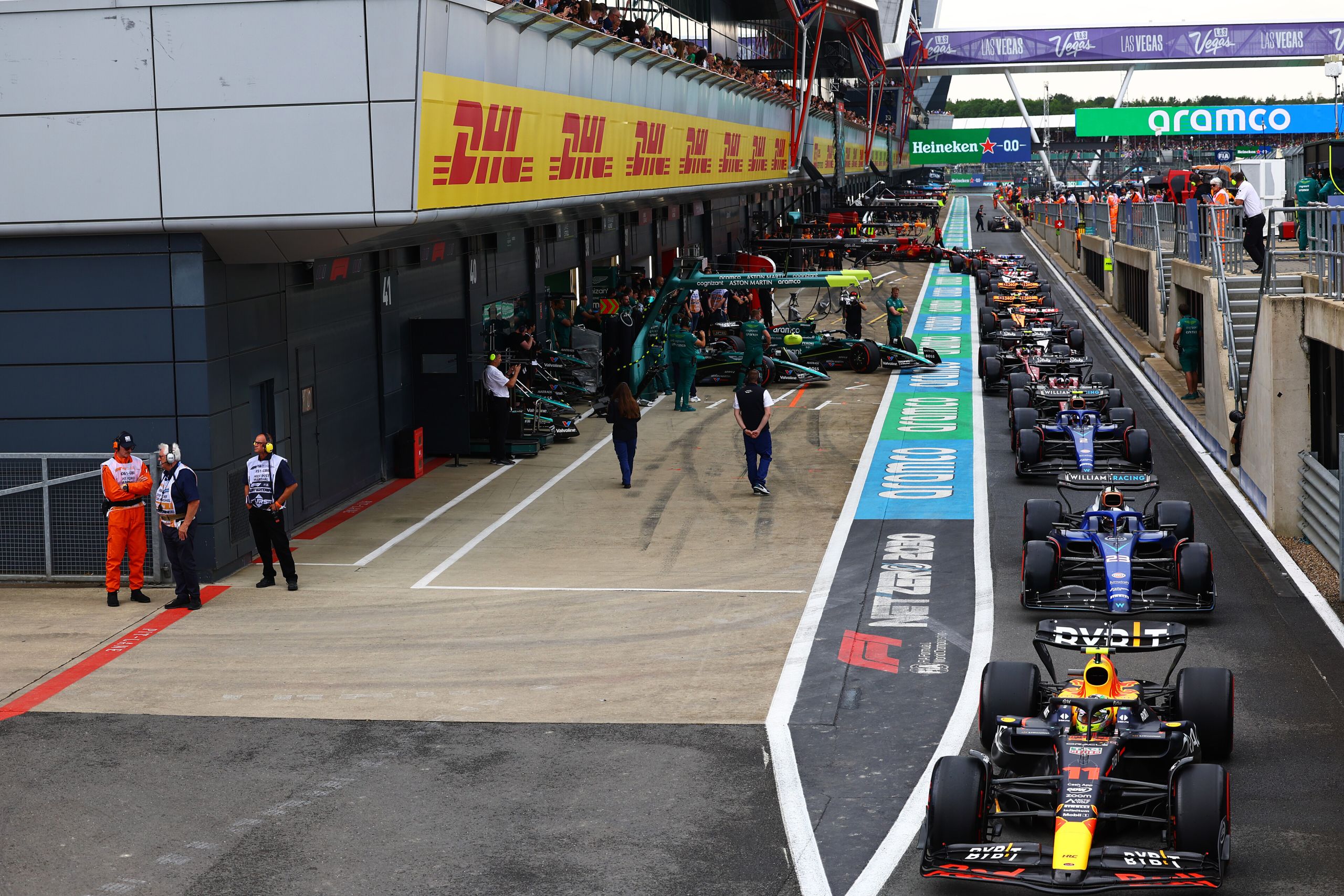
Pit Board: Communicating with the Cockpit
The Pit Board is a crucial communication tool in Formula 1, providing drivers with vital information such as the time interval to a car in front or behind, messages, and strategies from their team during the high-speed, dynamic environment of a race.
Pit Wall: The Strategy Center of the Team
The Pit Wall in Formula 1 is the strategic nerve center during races, where team principals, strategists, and engineers orchestrate race plans, make pivotal decisions, and communicate with the driver in the cockpit.
Pits: The Crucial Stopover
Pits in Formula 1 are essential stopover points during a race, where teams execute meticulously planned pit stops, giving drivers fresh tyres and making adjustments to the front wing or brake bias to optimize race strategy and performance. Each team garage is also located directly behind the pits.
Plank: Ensuring Fair Ground Clearance
The Plank in Formula 1 vehicles is a wooden or composite skid plate that ensures fair ground clearance, minimizing aerodynamic advantages and ensuring that cars comply with regulations regarding ride height.
Pole Position: Starting at the Front
Pole Position in Formula 1 signifies the foremost position on the starting grid, a coveted spot earned through setting the fastest time in qualifying, providing a strategic advantage at the race start.
Porpoising: Let’s Bounce
Porpoising, a phenomenon in Formula 1, refers to the oscillating motion of a car, particularly in its front and rear, caused by aerodynamic forces, impacting the vehicle’s stability and performance on the track.
Powertrain: The Heart of the F1 Machine
The Powertrain in Formula 1 is the heart of the vehicle, encompassing the engine and transmission, and is meticulously engineered to deliver unparalleled speed, power, and efficiency on the race track.
Practice: Perfecting the Race Before the Race
Practice sessions in Formula 1 are crucial periods where teams and drivers fine-tune their strategies, setups, and understand the track, ensuring they are optimally prepared for both qualifying and race day.
Prime Tyre: The Default Rubber Choice
The Prime Tyre in Formula 1 represents the default rubber choice, often providing a balance between durability and performance, and is strategically utilized by teams to optimize their race strategy amidst varying track conditions.
Protest: Raising a Voice Against Decisions
Protest in Formula 1 involves teams formally expressing disagreement or challenging decisions made by race officials, ensuring that regulations, fairness, and competitive integrity are upheld throughout the championship.
Purple Sector: Pure Performance
When a driver achieves a lap time coloured purple in a sector, it symbolizes the pinnacle of speed, indicating the fastest time recorded in that specific segment of the track. The purple sector is not merely a hue or a region; it’s a bold statement of utmost performance, marking those exceptional moments in Formula 1 when a driver expertly maneuvers their vehicle through a defined section, registering the quickest time among all racers.

Q: Qualifying Questions and Quandaries in F1
Qualifying: The Battle Before the War
Qualifying in Formula 1 is the intense battle before the main race, where drivers compete against the clock to secure the fastest lap times, determining their starting positions on the grid and setting the stage for race day strategies and potential victories.
R: Racing and Research in the F1 Realm
R&D: Innovating for the Win
R&D, or Research and Development, plays a pivotal role in Formula 1, driving innovations and technological advancements that enhance performance, safety, and the competitive edge of racing teams.
Rear Wing: Keeping the Car Grounded
The Rear Wing is a crucial aerodynamic component in Formula 1, designed to manage airflow and generate downforce, ensuring the car remains stable and grounded, particularly during high-speed endeavors.
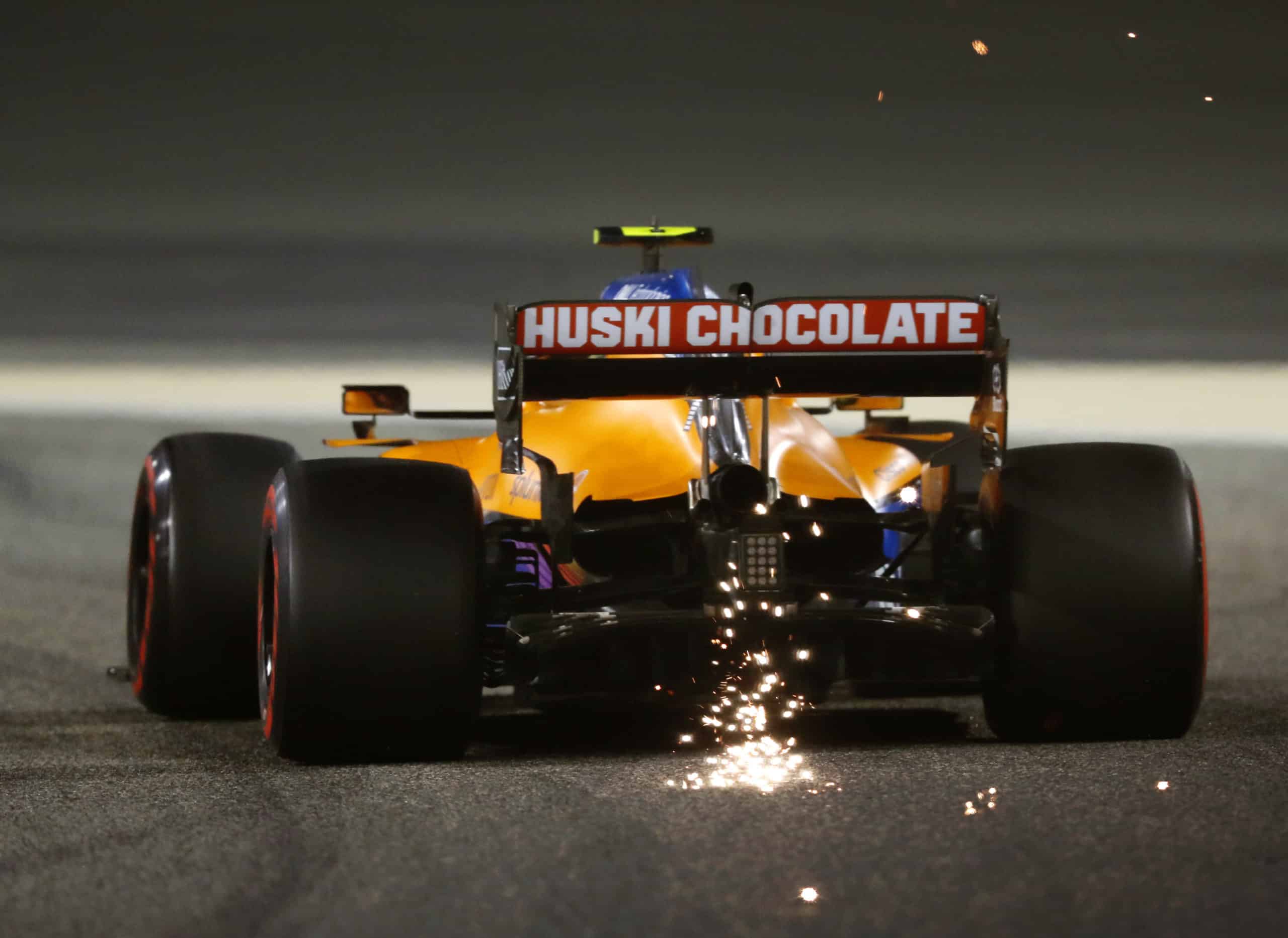
Reconnaissance Lap: A Pre-Race Exploration
A Reconnaissance Lap in Formula 1 provides drivers with a vital opportunity to explore the track conditions and familiarize themselves with the circuit just before the race commences, ensuring they are prepared for the competition ahead.
Retirement: Bowing Out of the Race
Retirement in a Formula 1 race signifies a driver or team’s withdrawal before the finish, often due to mechanical failures, accidents, or other issues that prevent continuation in the competition.
Ride Height: Balancing Speed and Stability
Ride Height in Formula 1 refers to the measured distance between the car’s underbody and the track, a critical setup parameter that teams optimize to strike a balance between aerodynamic efficiency and mechanical grip.
Roll Hoop: Keeping Drivers Safe
The Roll Hoop in Formula 1 vehicles plays a pivotal role in safeguarding drivers, providing a robust structure that prevents injury by maintaining a secure space around the driver’s head and body during an accident, particularly in the event of a rollover.
Rumblestrip: Keeping Cars on the Straight and Narrow
Rumblestrips, positioned on the edges and apexes of corners on a Formula 1 track, serve to deter drivers from running off the racing line and to maintain the integrity and challenge of the circuit.
S: Speed, Safety, and Strategy in F1
Safety Car: Controlling the Race Pace
The Safety Car in Formula 1 is deployed during incidents that require a reduction in speed across the field, ensuring the safety of drivers, marshals, and track workers while maintaining the race’s continuity.
Scrutineering: Ensuring Fair Play
Scrutineering is a critical process in Formula 1, where officials meticulously inspect vehicles for compliance with technical regulations, ensuring all teams adhere to the standards and uphold fair play within the competition.
Sectors: Dividing the Track
Sectors in Formula 1 refer to distinct segments into which a circuit is divided, providing a detailed framework for analyzing and comparing drivers’ performance and strategies throughout each lap and section of the track.
Shakedown: Testing the Machine
A Shakedown in Formula 1 is a preliminary test session, where teams rigorously assess their vehicles under various conditions, ensuring reliability, performance, and readiness for upcoming races and events.
Sidepod: Cooling the Competitor
The Sidepod, a vital component in a Formula 1 car, is meticulously designed to house cooling systems and radiators, ensuring the vehicle’s power unit operates efficiently by managing temperatures during high-speed racing conditions.
Slipstreaming: Riding the Invisible Wave
Slipstreaming is a strategic maneuver in Formula 1, where a driver positions their car behind a competitor, utilizing the reduced air resistance created by the leading vehicle to gain extra speed and facilitate overtaking opportunities.
Steering Wheel: Staying On Track
The Steering Wheel in a Formula 1 car is a technological marvel, not only directing the vehicle but also acting as the driver’s interface to various controls and systems, ensuring they stay on track with precision and access to critical race data.

Steward: Upholding the Rules
A Steward in Formula 1 plays a crucial role in maintaining the sport’s integrity, making pivotal decisions regarding race incidents, enforcing regulations, and ensuring that all competitors adhere to the established rules and guidelines.
Stop-go Penalty: Paying for Mistakes
A Stop-go Penalty in Formula 1 is imposed on drivers who violate certain rules, requiring them to enter the pit lane and come to a complete stop for a specified time, serving as a punitive measure that can significantly impact race strategy and outcomes.
T: Tackling Turns and Technology in F1
Team Owner: Ensuring Bills Get Paid
A Team Owner, like Gene Haas of the Haas F1 Team, ensures financial stability within the racing team, meticulously managing budgets, sponsorships, and expenditures to facilitate the smooth operation of all racing activities and developments, thereby securing a competitive edge in the high-stakes world of Formula 1 racing.
Tear-off Strips: Ensuring Clear Vision
Tear-off Strips are a crucial element for Formula 1 drivers, providing them with the ability to maintain clear vision by swiftly removing a layer from their helmet visor, ensuring optimal visibility during the intense and often debris-filled races.
Telemetry: Communicating with the Car
Telemetry in Formula 1 serves as a vital communication bridge between the car and the team, transmitting real-time data regarding vehicle performance and conditions, enabling strategic decisions and adjustments throughout the race.
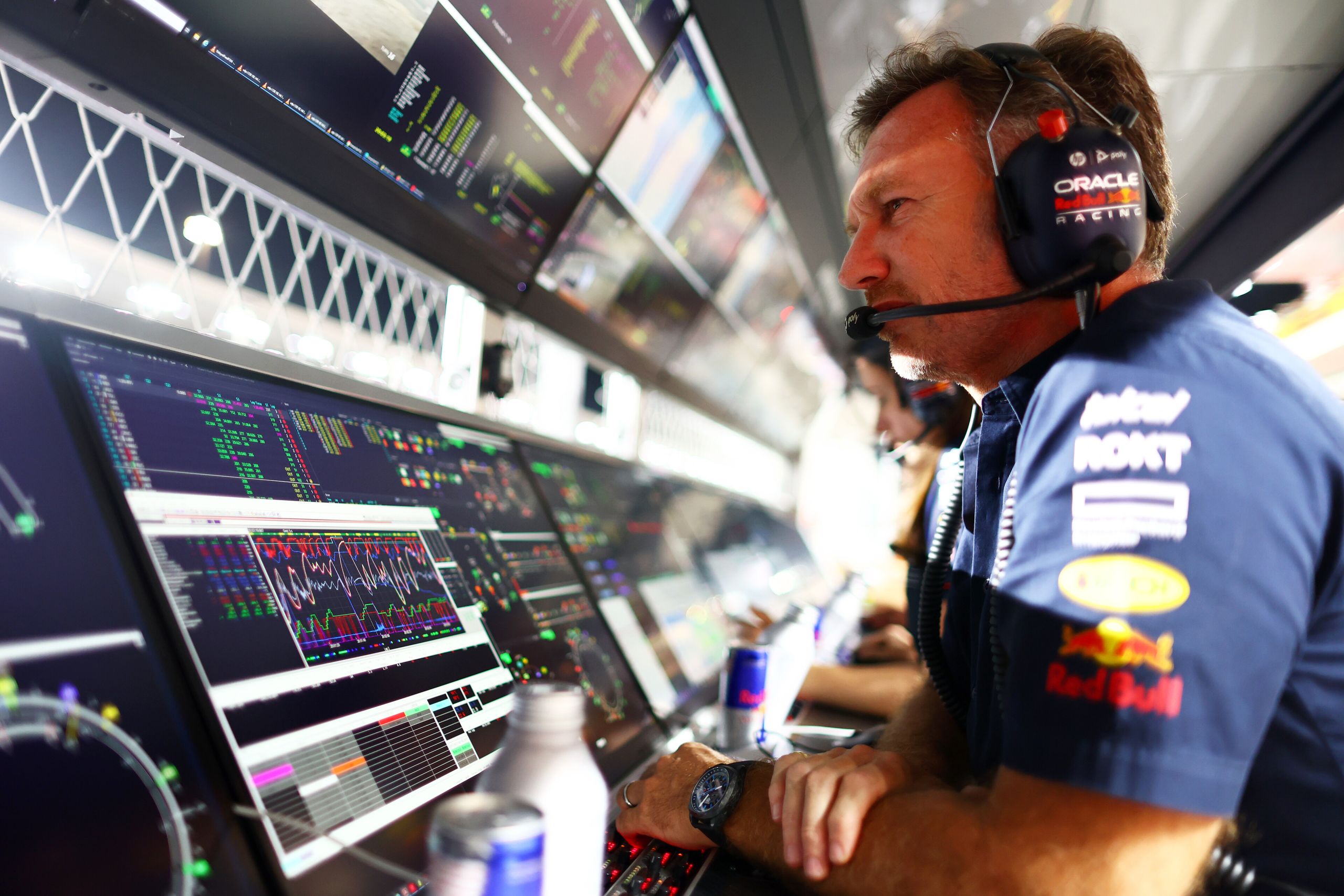
Torque: Understanding Twisting Force
Torque represents a pivotal aspect of Formula 1 engineering, referring to the twisting force generated by the engine, which is meticulously managed to optimize acceleration, handling, and overall performance of the car on various track conditions and with a limited rev range.
Traction: Keeping the Rubber on the Road
Traction is paramount in Formula 1, ensuring that the tyres maintain optimal contact with the track surface, providing the necessary grip and stability that enable drivers to navigate through corners and accelerate without losing control.
Traction Control: Managing Power and Grip
Traction Control systems, once a technological mainstay in Formula 1, were designed to prevent wheel spin during acceleration by reducing engine power, ensuring that drivers maintained control, especially in low-grip situations.
Tub: Forming the Driver’s Space
The Tub in a Formula 1 car is a meticulously crafted component, designed to encapsulate the driver, providing a secure, structured space that offers protection during collisions while conforming to stringent weight and aerodynamic specifications.
Turbulence: Battling the Invisible Foe
Turbulence, an invisible adversary in Formula 1, refers to the chaotic air currents encountered by drivers, particularly when closely following another vehicle, impacting the aerodynamic flow of cars performance and requiring strategic navigation to manage its effects.
Turbocharger: Boosting the Power
The Turbocharger in Formula 1 engines plays a critical role in enhancing power output, utilizing exhaust gases to force more air into the combustion chamber, thereby significantly boosting horsepower and overall performance.
Tyre Compound: Mixing for Maximum Performance
Tyre Compounds in Formula 1, meticulously developed through a blend of rubber and various components, are strategically designed to exhibit ideal compound performance characteristics, such as optimal grip and durability, while also managing excess heat effectively. These compounds are crafted to be the perfect solution for diverse track conditions, ensuring that drivers can navigate circuits with precision and stability, aligning with varied strategic racing requirements.
Tyre Warmer: Preparing the Tyres
Tyre Warmers are an electric blanket employed in Formula 1 to pre-heat the tyres before they are mounted onto the car, ensuring that they are at their optimum operating temperature to immediately provide maximum grip and performance as soon as the vehicle hits the track.
U: Unveiling the Underbelly of F1 Utility
Understeer: When the Front Says No
Understeer in Formula 1 describes a handling characteristic where the car tends to steer less than commanded, causing it to move towards the outside of a turn, presenting drivers with the challenge of managing front-end grip to navigate corners effectively.
Undertray: Shielding and Streamlining
The Undertray of a Formula 1 car serves a dual purpose, acting as a protective shield for the vehicle’s underbelly and playing a crucial role in aerodynamic performance by managing airflow beneath the car to enhance speed and stability.
V: Venturing into the Velocity of F1
Visor Strip: Protecting the Driver’s View
The Visor Strip in Formula 1 helmets provides crucial protection for drivers, safeguarding their eyes from the sun’s glare and enhancing visibility during the high-speed thrills and challenges of a race.
Victory: The Ultimate Goal
Victory in Formula 1 is not merely a position but a testament to a team and driver’s skill, strategy, and speed, symbolizing the pinnacle of racing achievement and the ultimate goal in every competitor’s aspiration.
W: Whizzing through Wins and Wheelbases in F1
Wheelbase: Measuring from Wheel to Wheel
The Wheelbase, a critical measurement in Formula 1, spans from the center of the front wheel to the center of the rear wheel, influencing vehicle stability, handling, and overall performance on the track.
White Flag – Not A Sign Of Surrender
The white flag in Formula 1 serves as a warning to drivers, indicating the presence of a significantly slower vehicle on the track ahead, and can often be observed during the concluding moments of practice sessions as drivers execute practice starts.
Win: The Pinnacle of Racing Achievement
A Win in Formula 1 transcends the mere crossing of the finish line first; it embodies the culmination of strategy, skill, and mechanical prowess, marking a moment where driver and team bask in the pinnacle of racing achievement.
X: eXploring the X-Factors in F1 Racing
X-Factors in F1 Racing delve into the myriad of unseen, often unspoken elements that can dramatically sway the course and outcome of a race, from strategic nuances to the sheer unpredictability embedded in the sport.
Y: Yielding to the Yarn of F1 Yaw and Youth
Yaw: Understanding Angular Movement
Yaw in Formula 1 refers to the angular movement around the vertical axis of the car, a critical aspect that influences the vehicle’s trajectory and stability, especially during turns and maneuvers on the track.
Yellow Flags: Taking Caution
Yellow Flags in Formula 1 signal a cautionary period on the track, alerting drivers to slow down and be prepared for potential hazards ahead, ensuring the safety of all participants during unforeseen incidents or disruptions.
Youth Development: Nurturing the Next F1 Stars
Youth Development in Formula 1 plays a pivotal role in identifying, supporting, and nurturing the next generation of racing stars, ensuring a continuous influx of talent and maintaining the high-octane excitement that the sport is renowned for.
Z: Zooming into the Final F1 Terms
Zylon: Strengthening Safety with Fibers
Zylon, a high-strength synthetic fiber, offers extra protection in Formula 1 by being integrated into various components, such as helmets and cockpit protection, to resist impacts and safeguard drivers during high-speed races.
Zero Emissions Goal: F1’s Drive Towards Sustainability
The Zero Emissions Goal in Formula 1 underscores the sport’s commitment to sustainability, as it ambitiously aims to achieve a net-zero carbon footprint by 2030, blending high-speed thrills with responsible racing.
Zonal Regulations: Understanding Restricted Areas on Tracks
Zonal Regulations in Formula 1 are crucial in maintaining order and safety on the tracks, delineating specific areas with restricted access or particular rules to ensure smooth conduct during races, practices, and other events.
F1 Glossary: Your Comprehensive Guide To F1 Terms – Conclusion
Navigating through the high-octane world of Formula 1 racing becomes a seamless journey when armed with the right terminology. Our “F1 Glossary: Your Comprehensive Guide to F1 Terms” has aimed to demystify the intricate and specialized language of F1, ensuring fans, both seasoned and new, can immerse themselves fully into the exhilarating universe of motorsport. From understanding the strategic moves on the track to appreciating the technological marvels within the vehicles, this glossary serves as your pit stop for clarifications and insights into the dynamic, fast-paced realm of Formula 1. May your newfound knowledge elevate your viewing experience, as we continue to revel in the adrenaline, strategy, and engineering marvels that define the pinnacle of motor racing.
